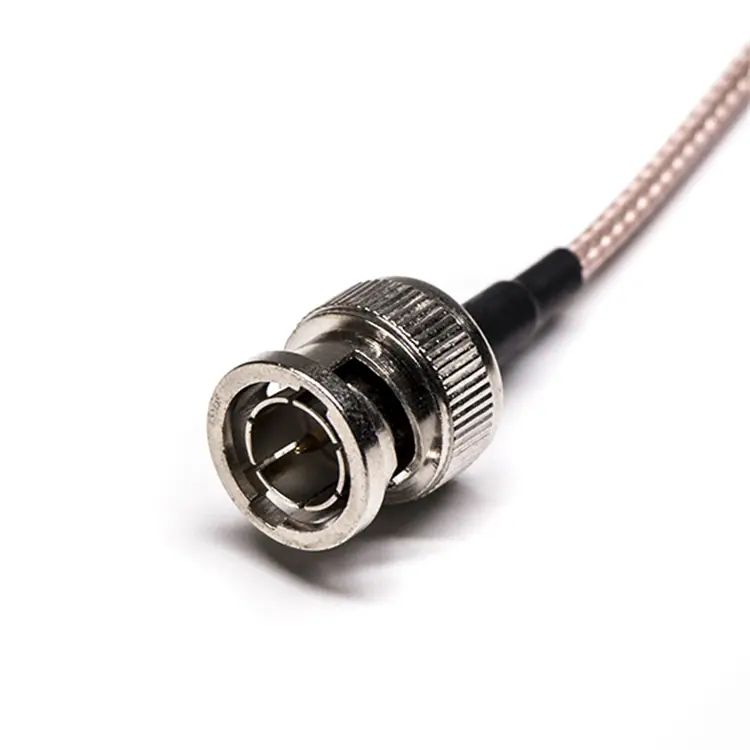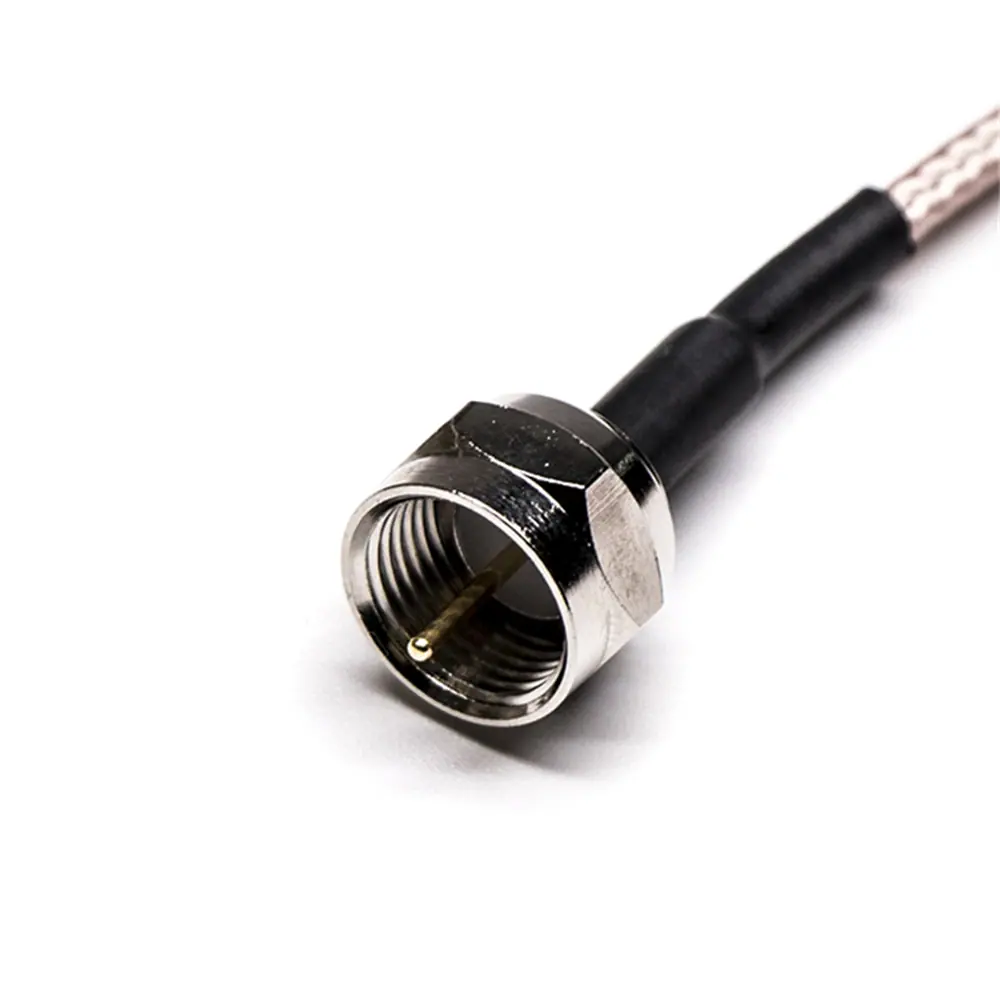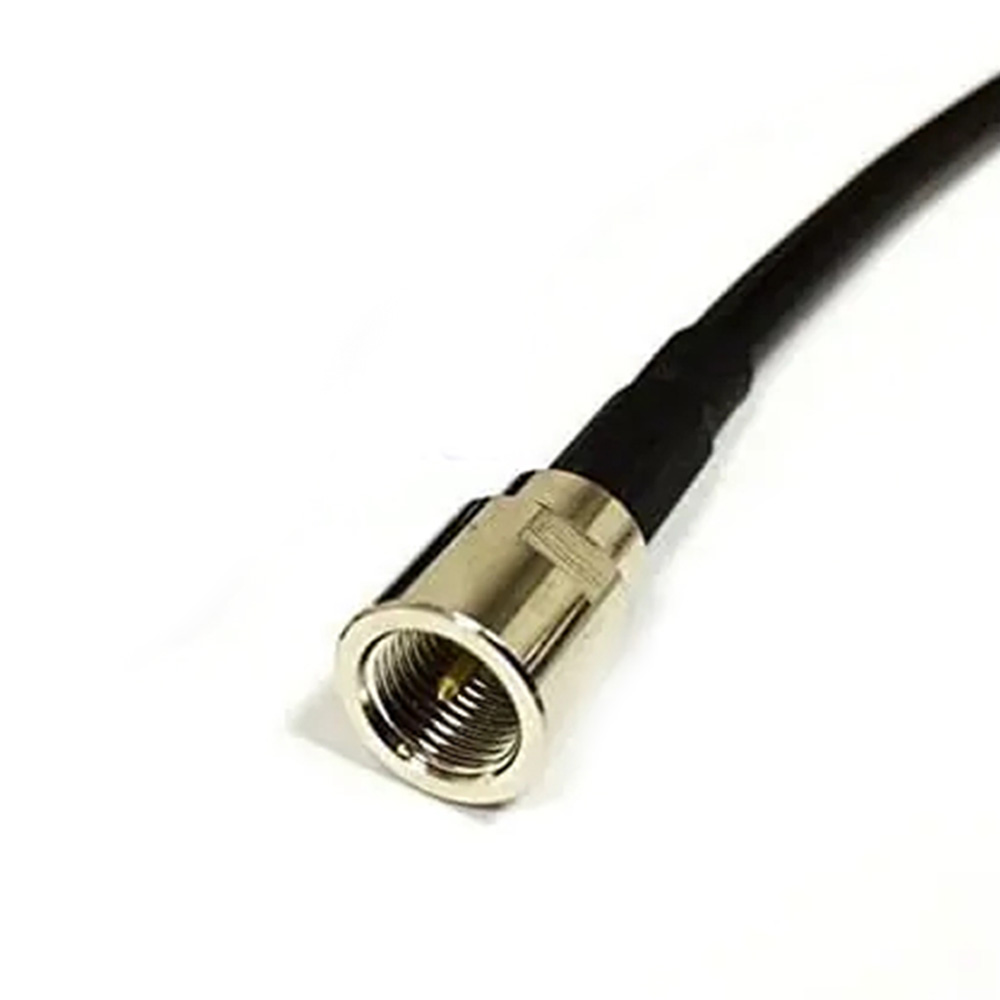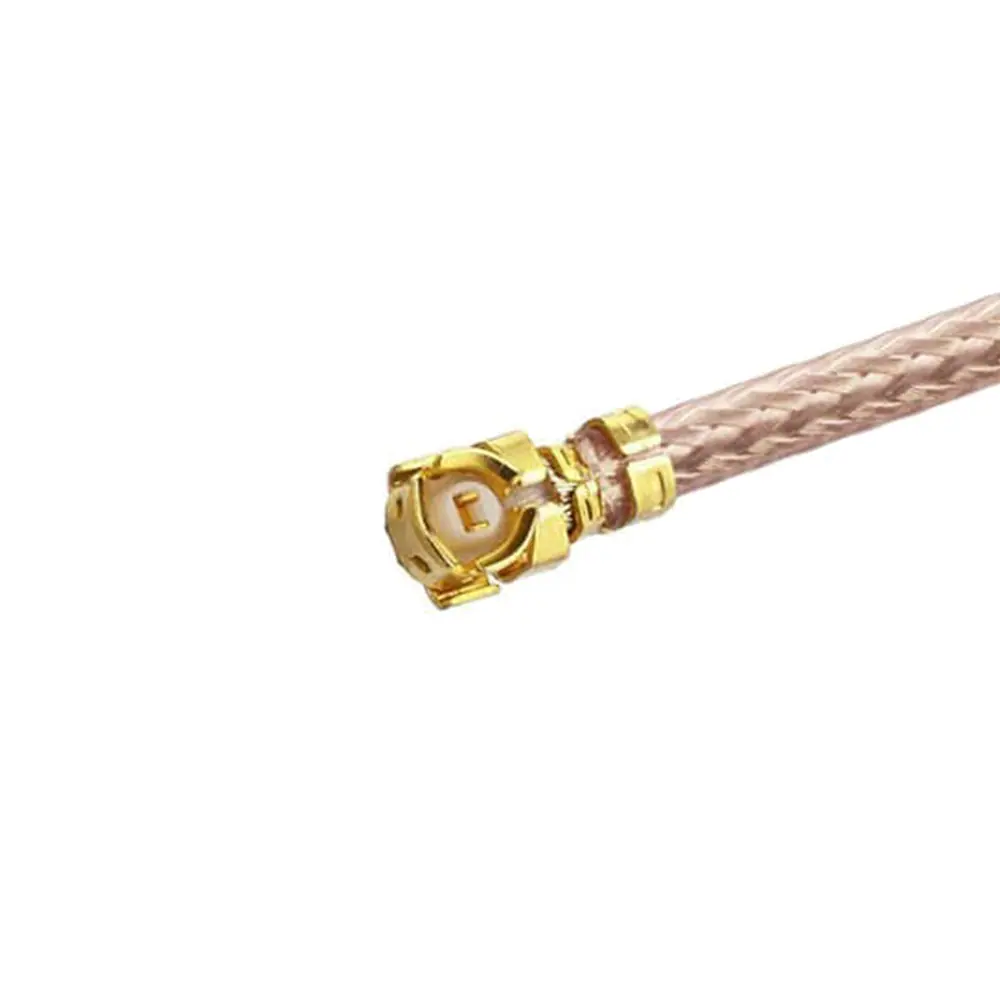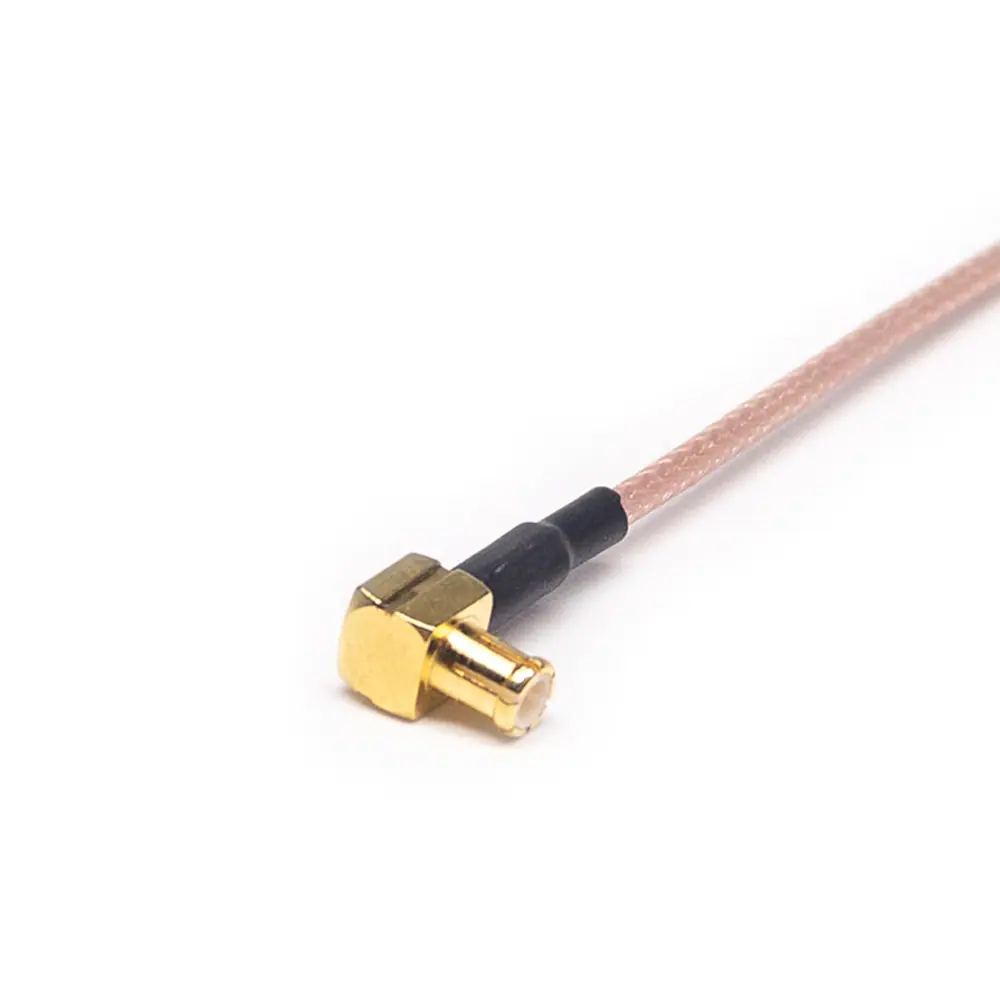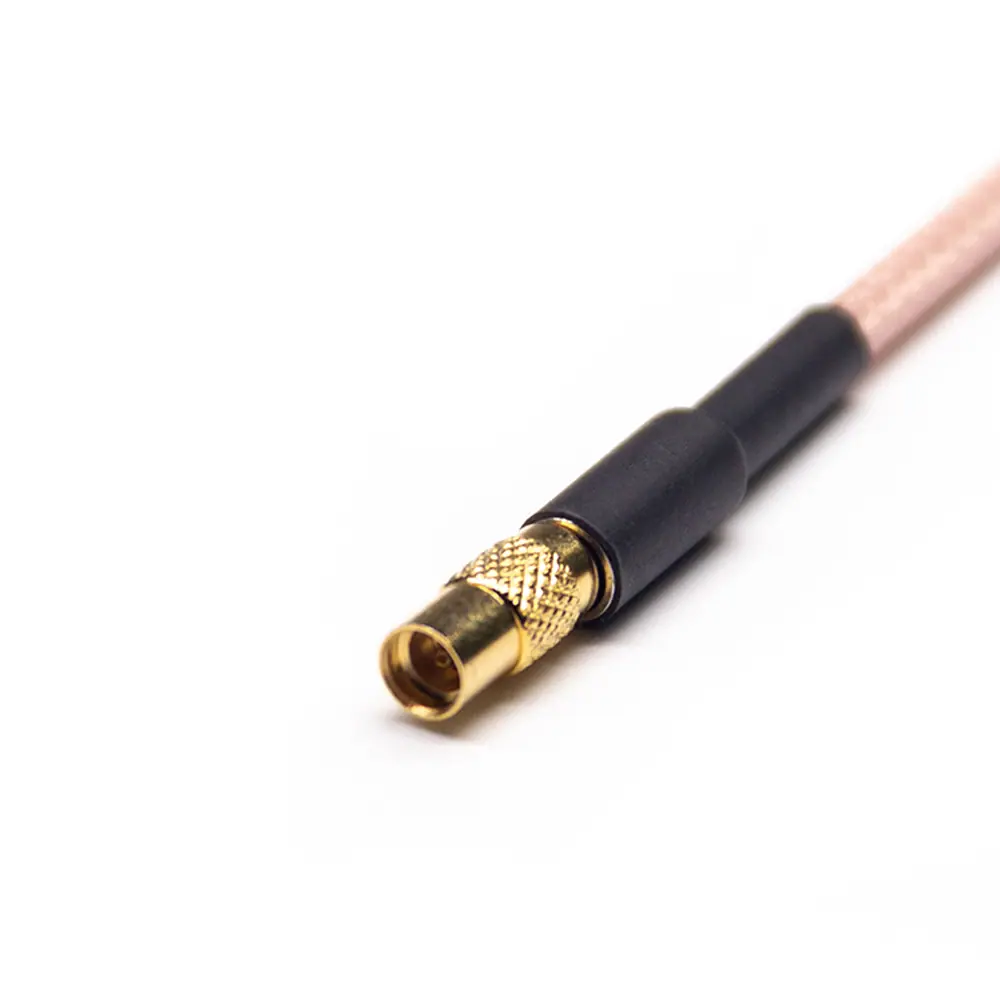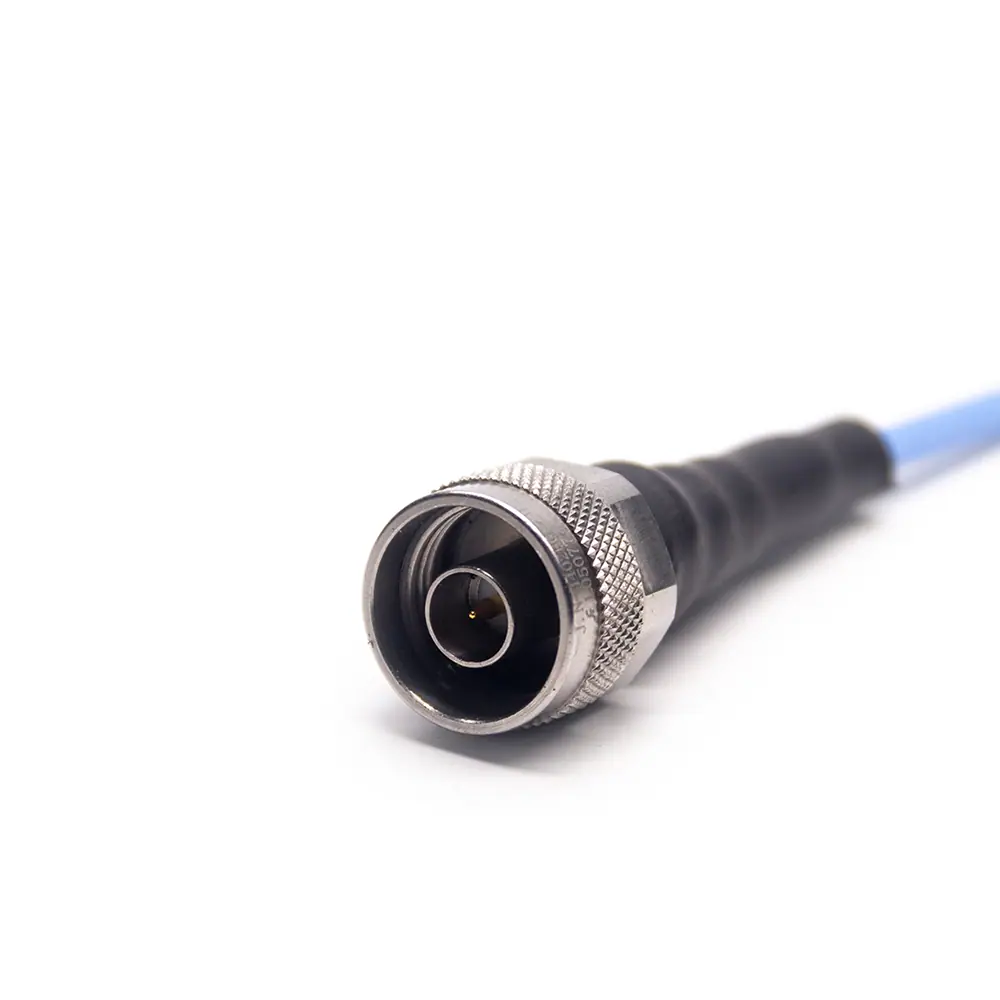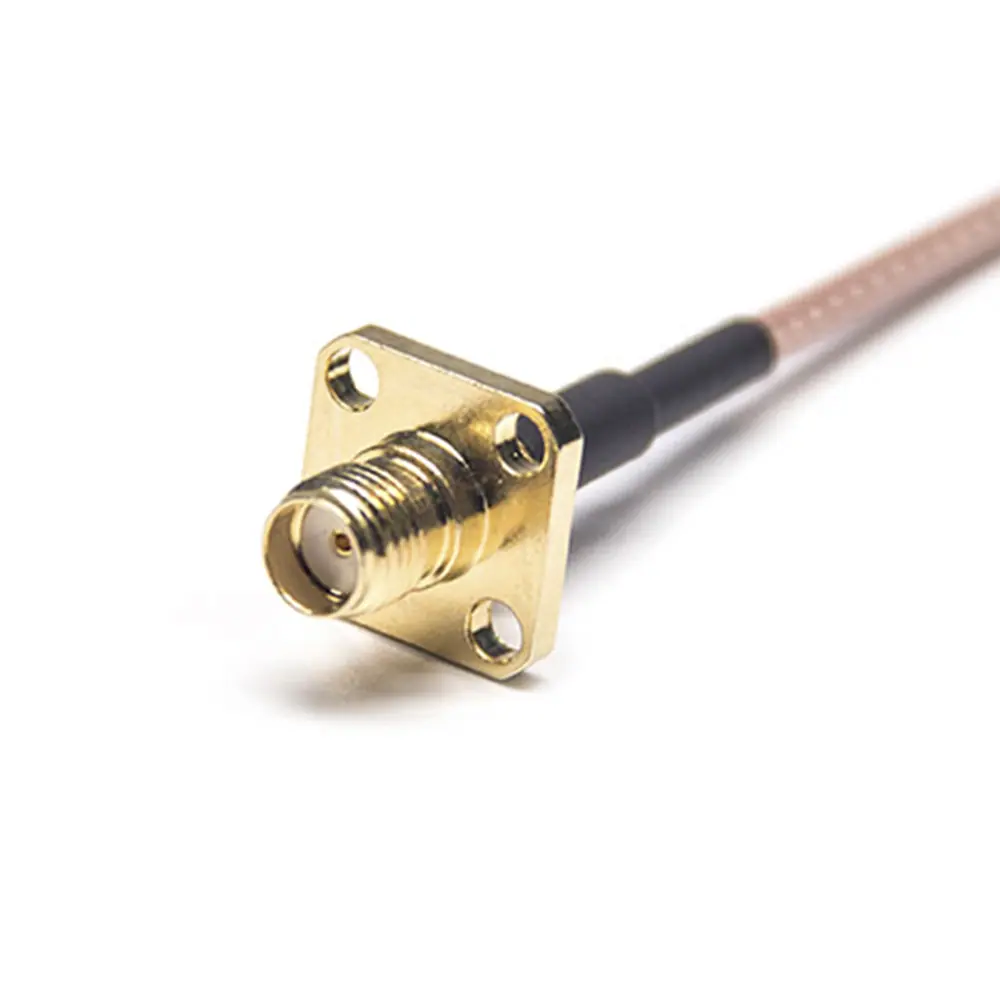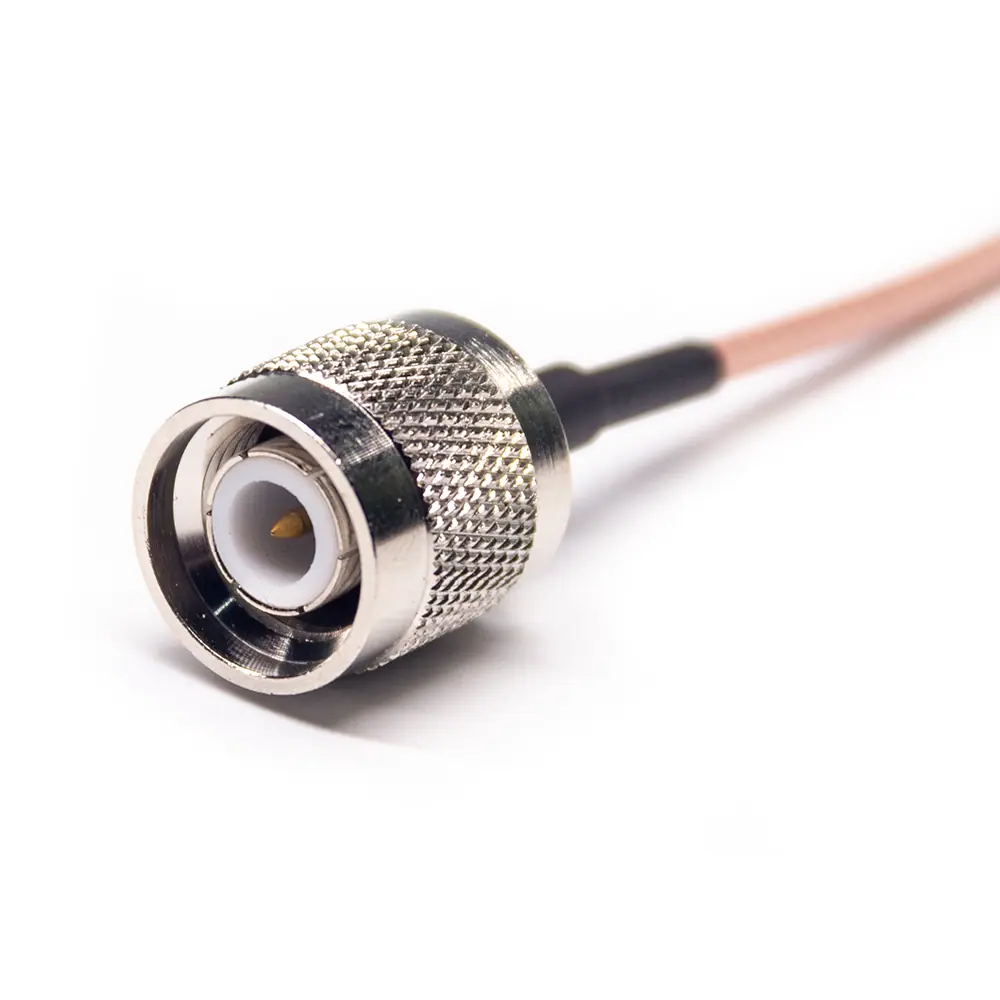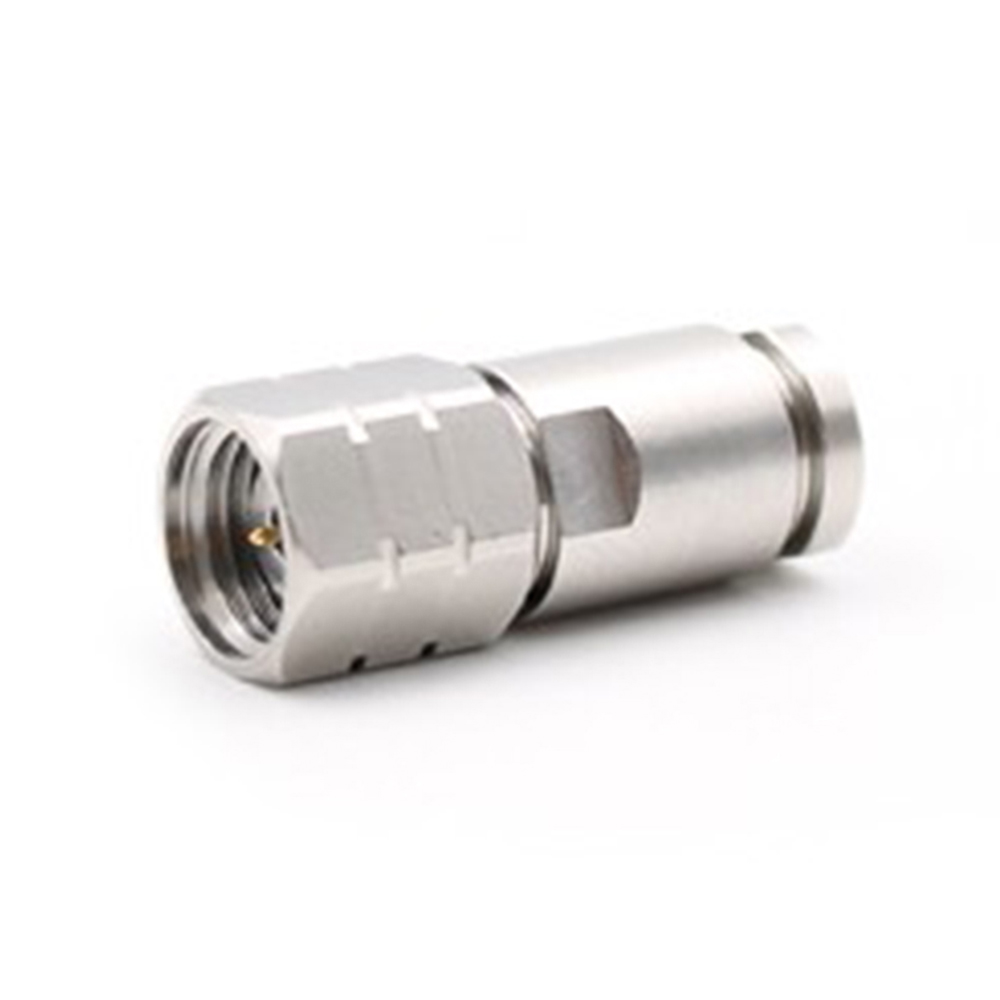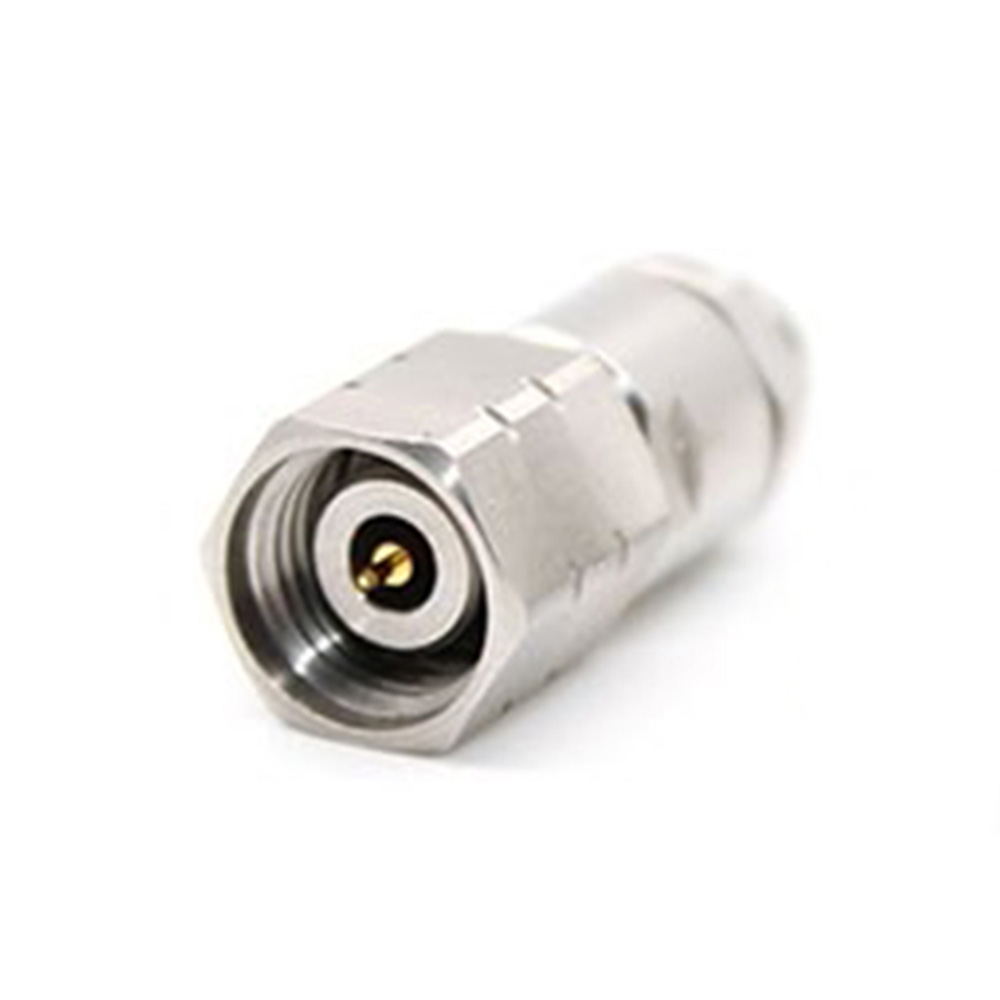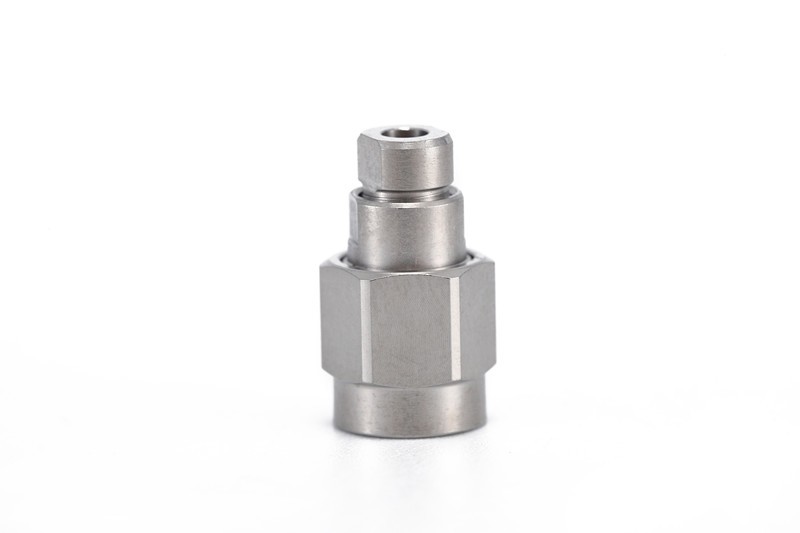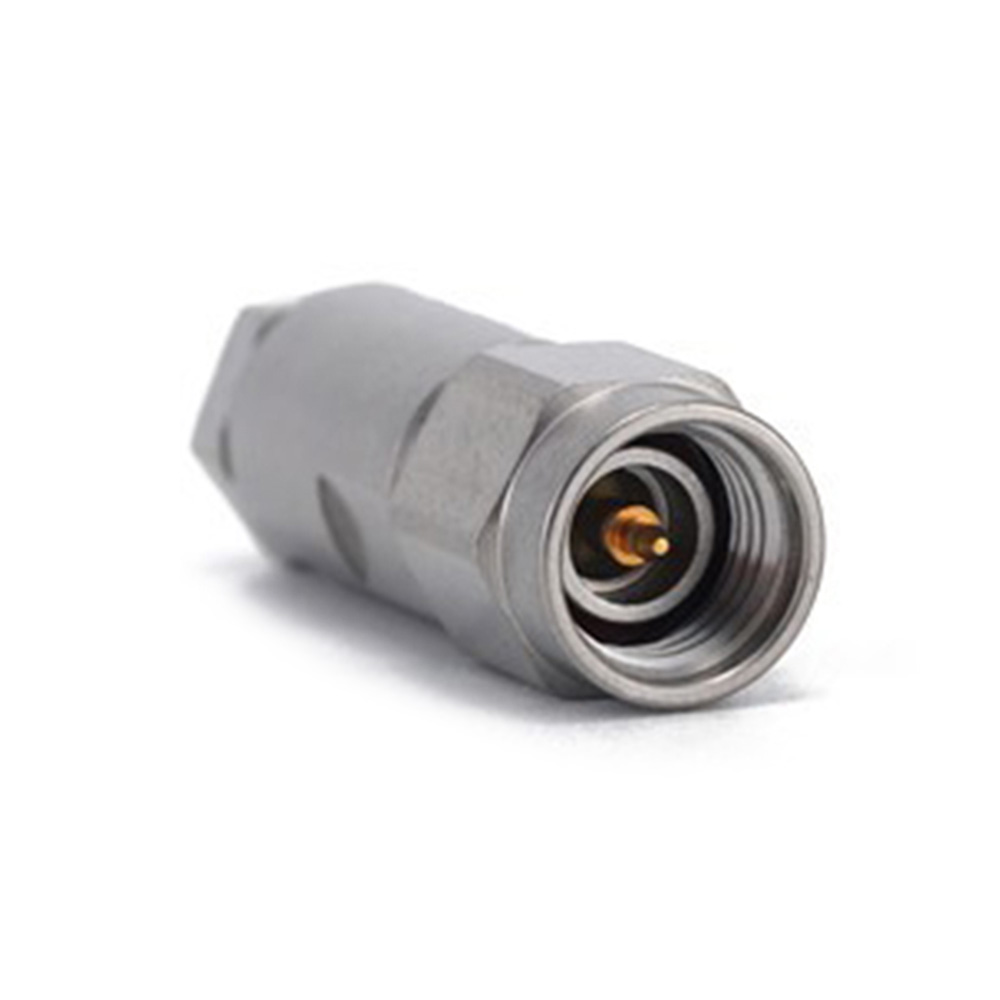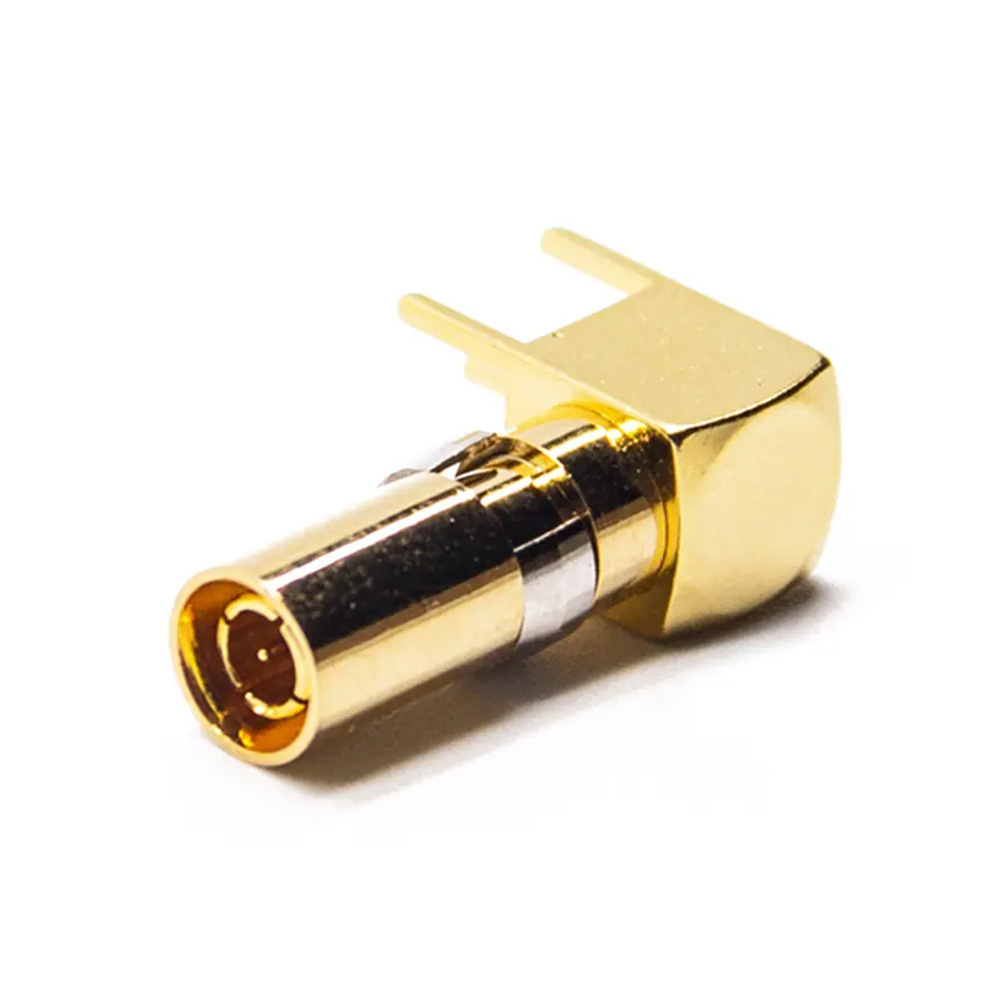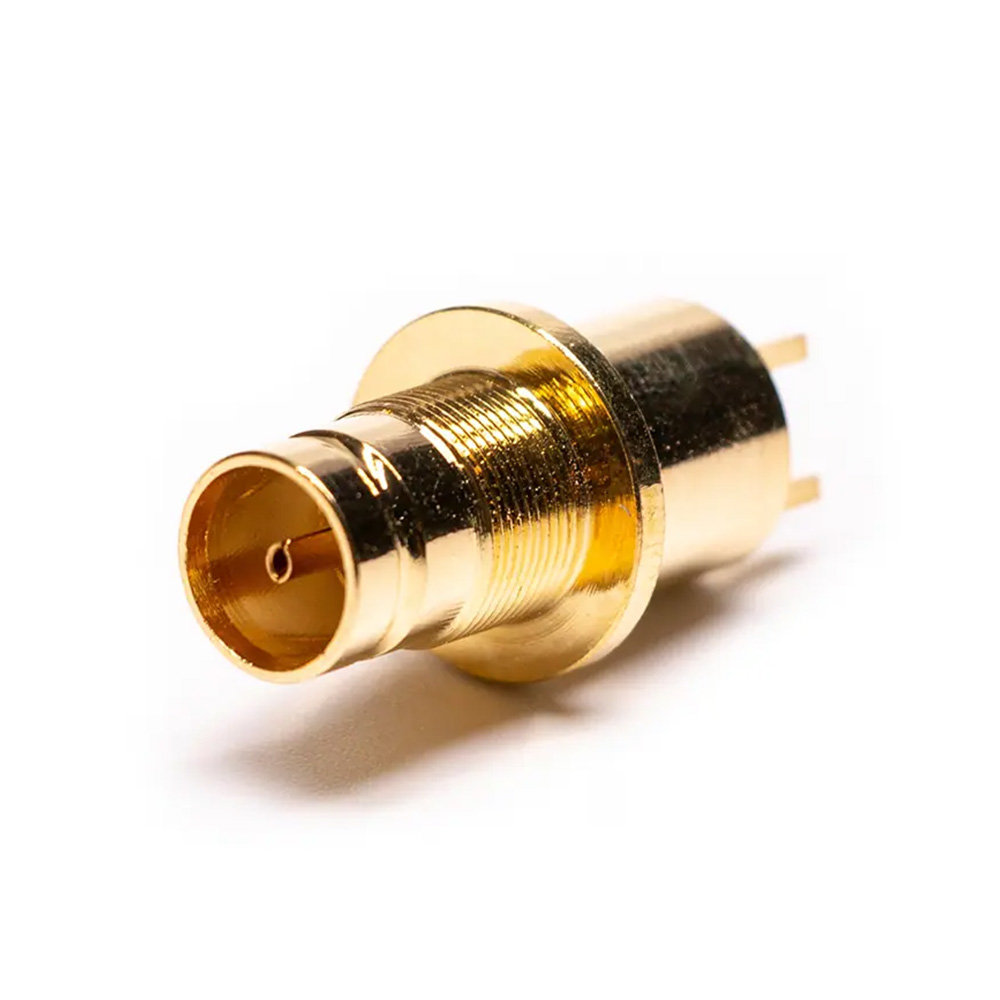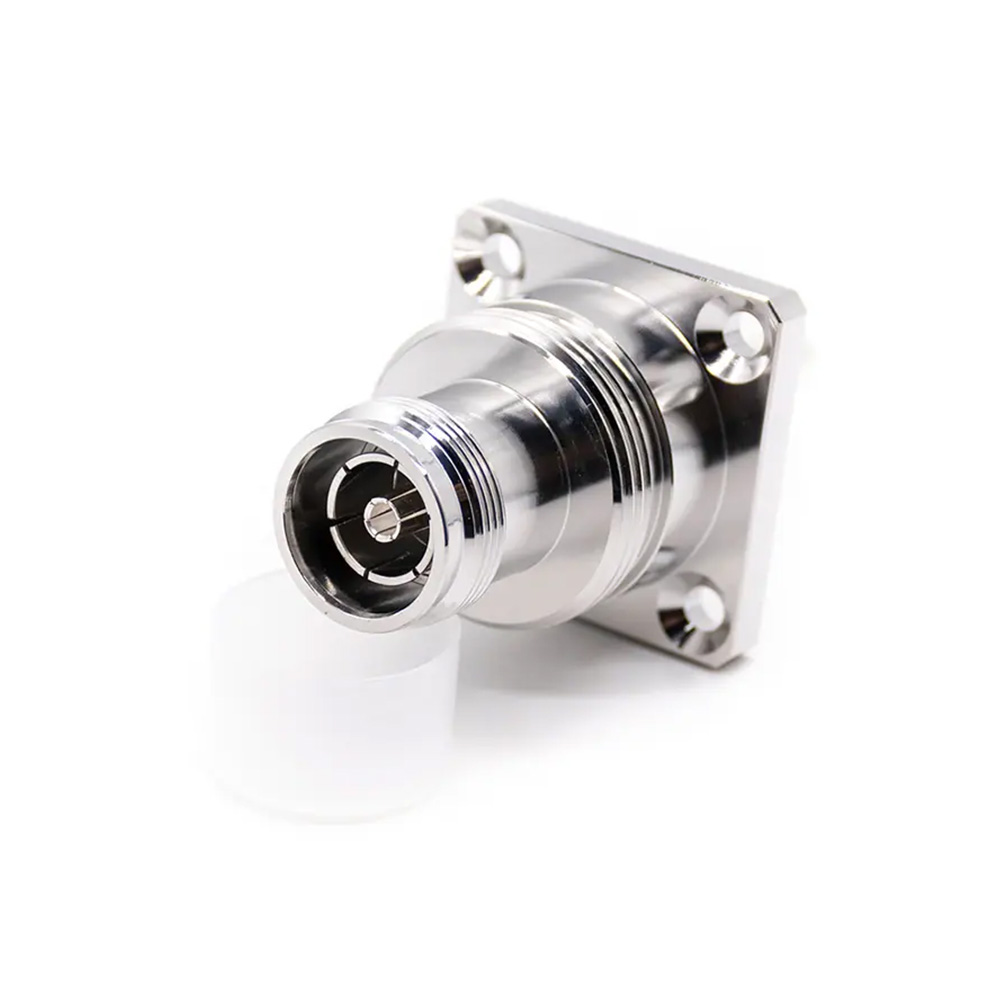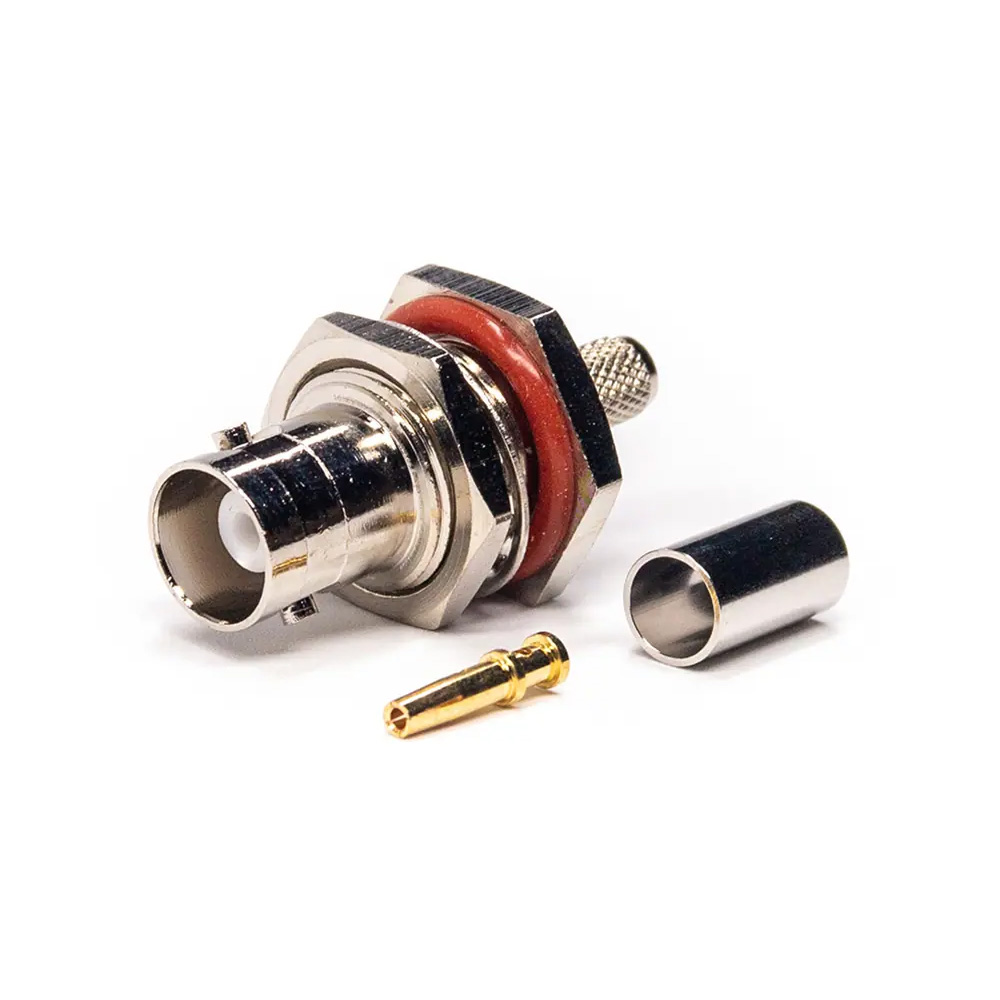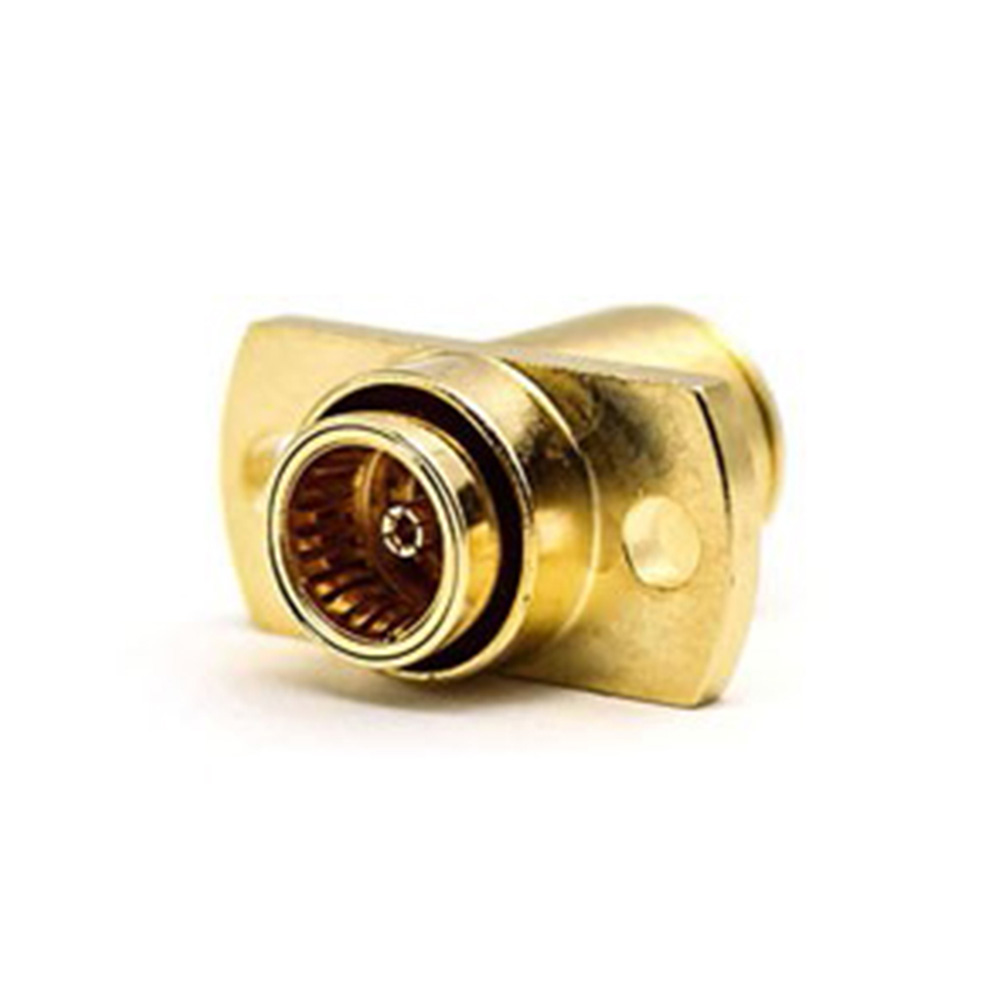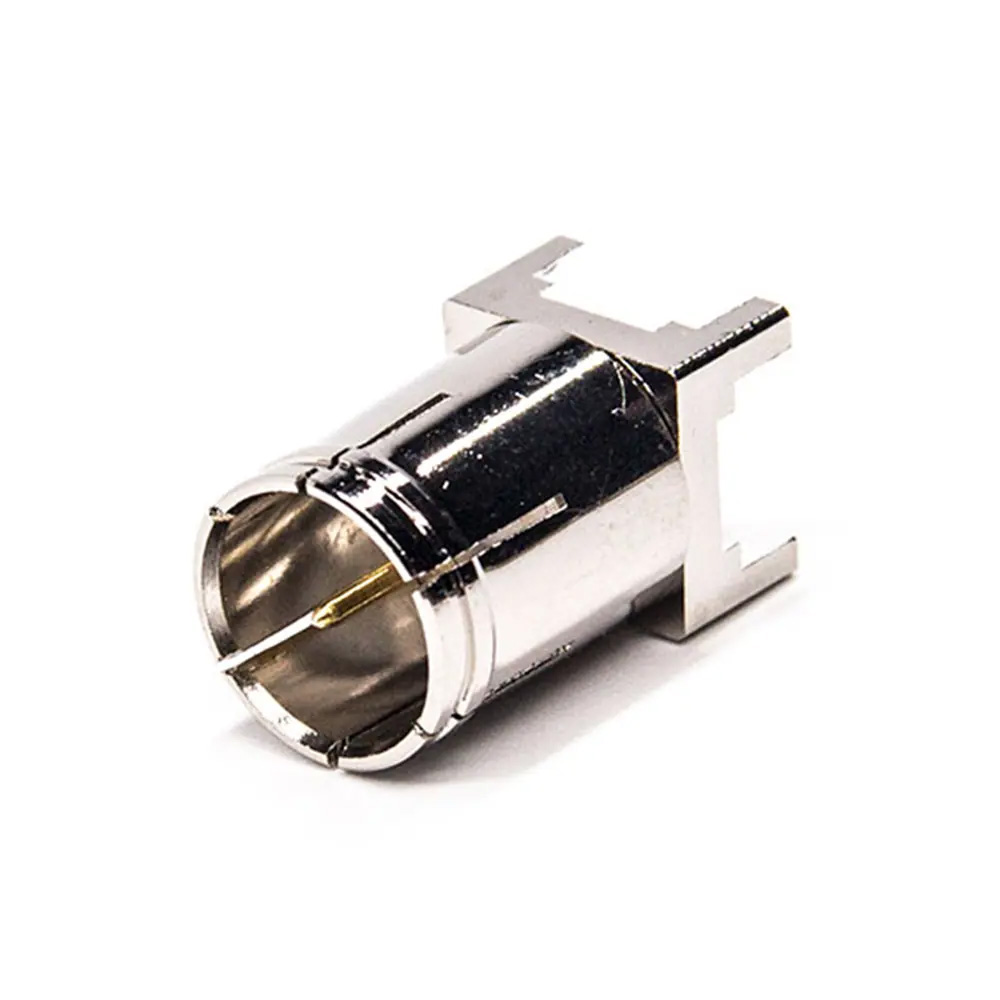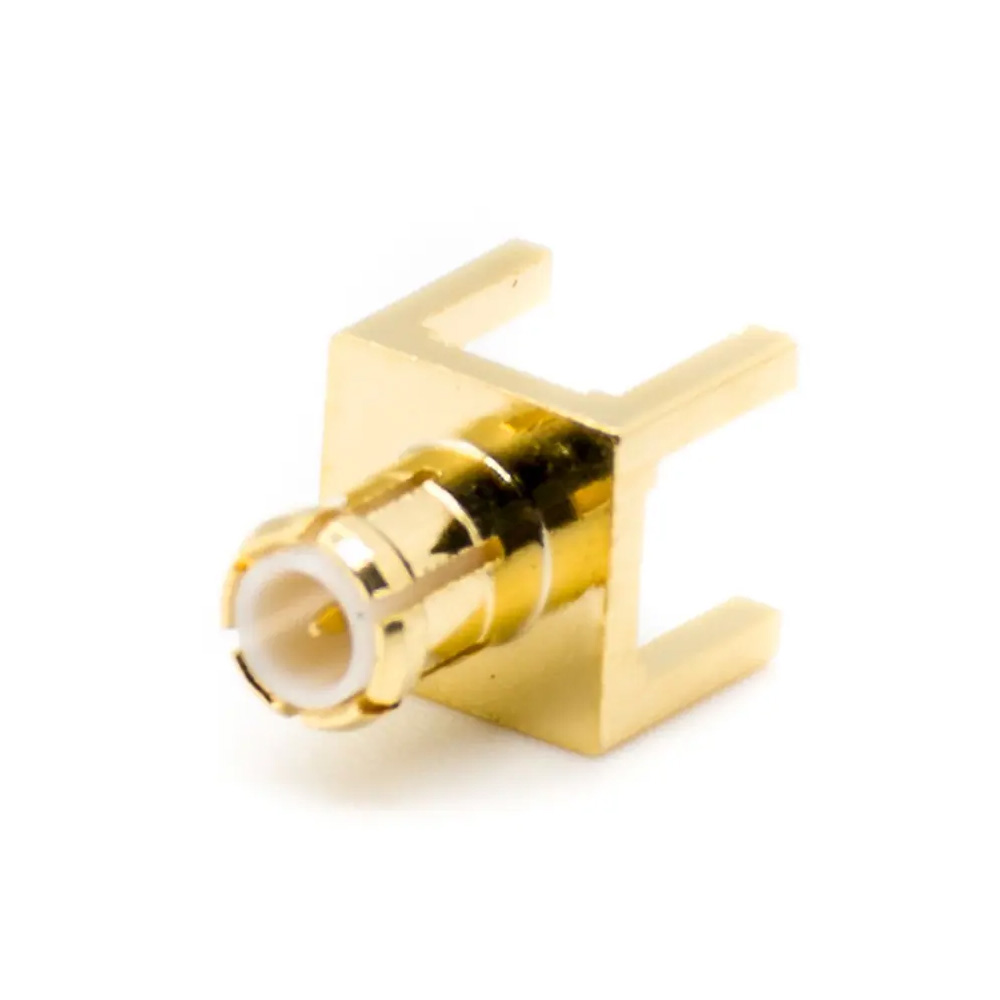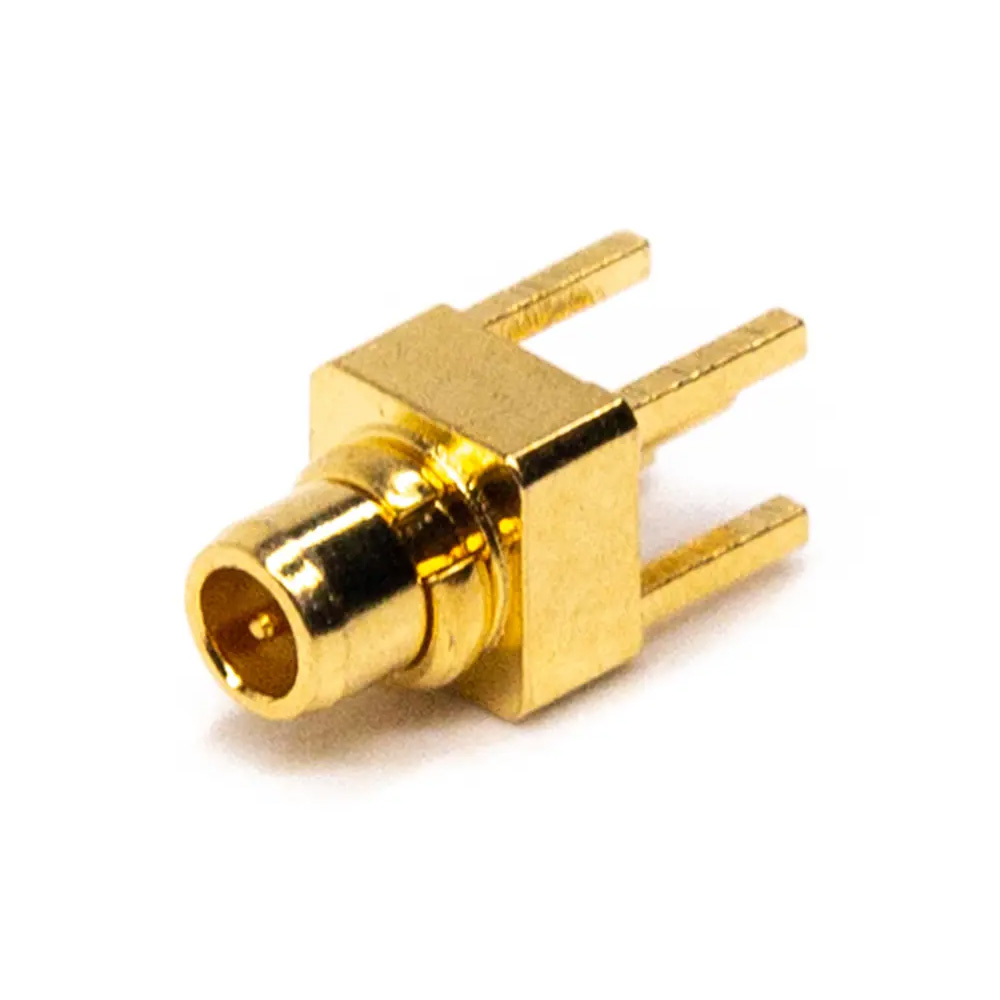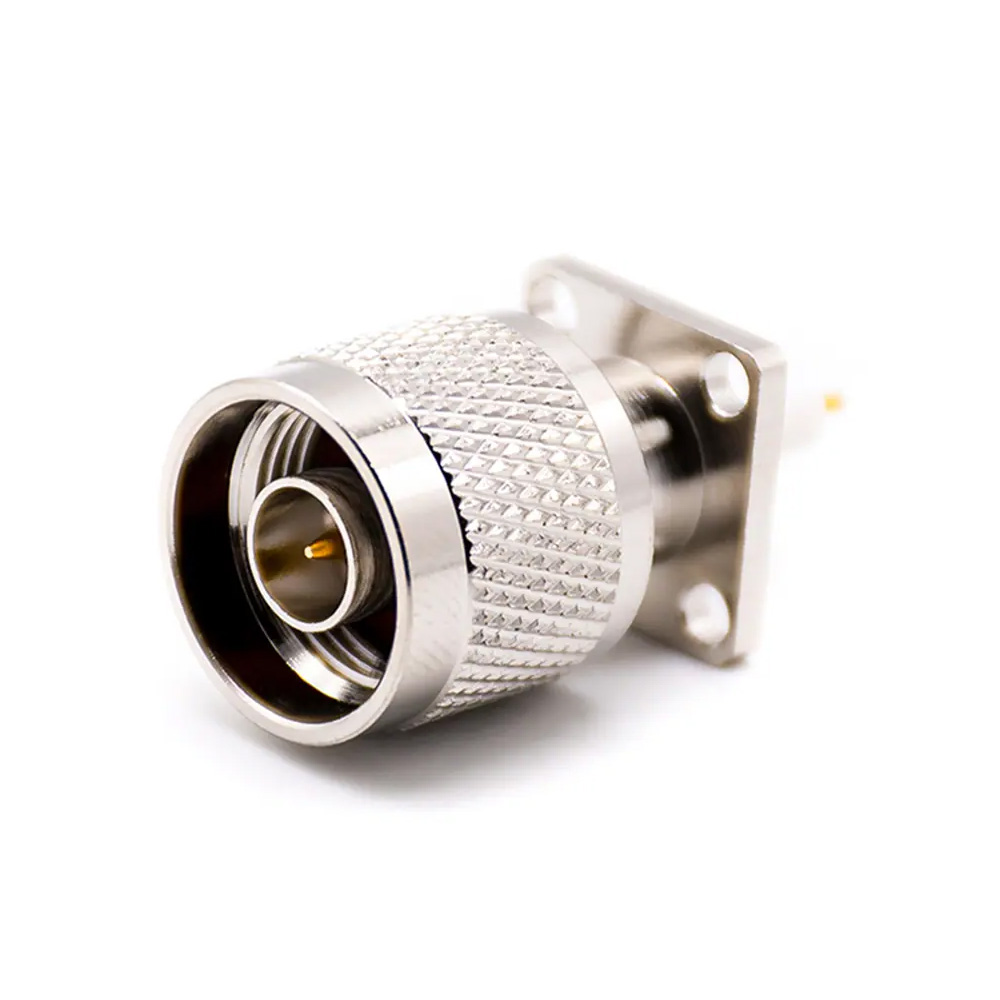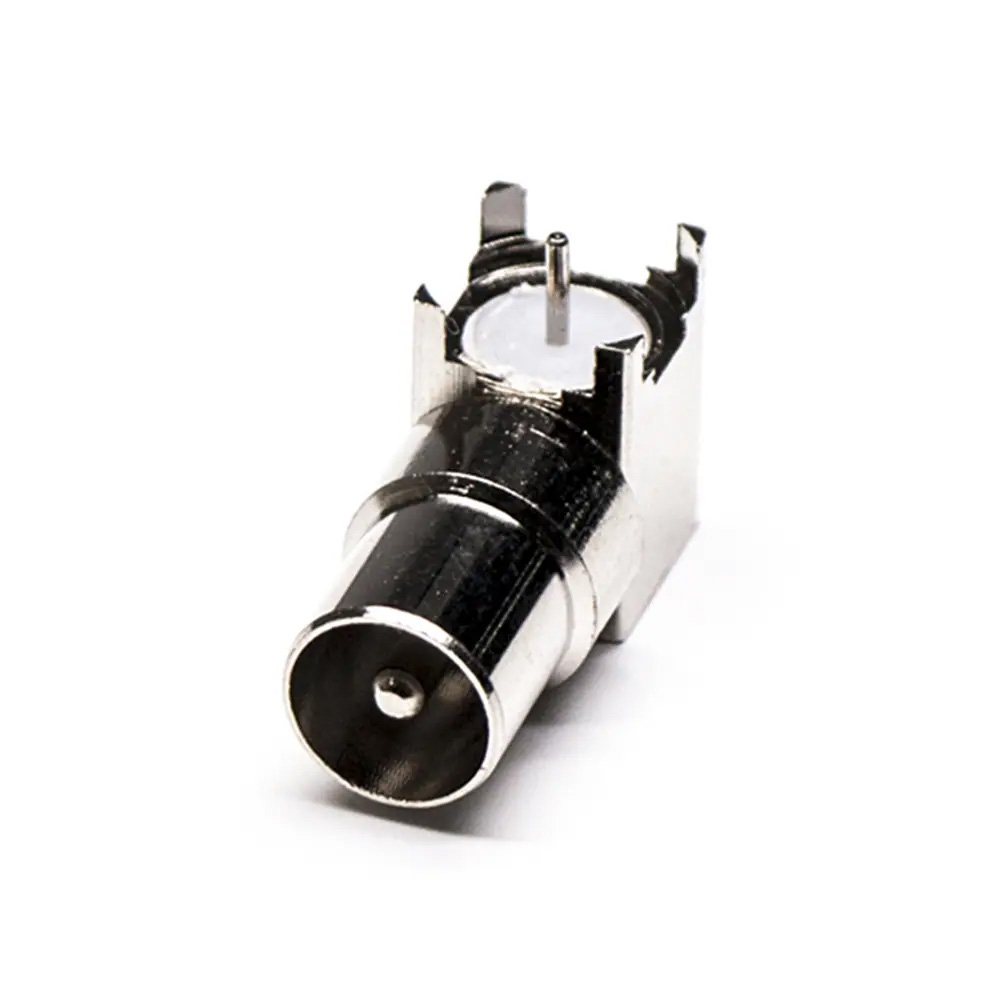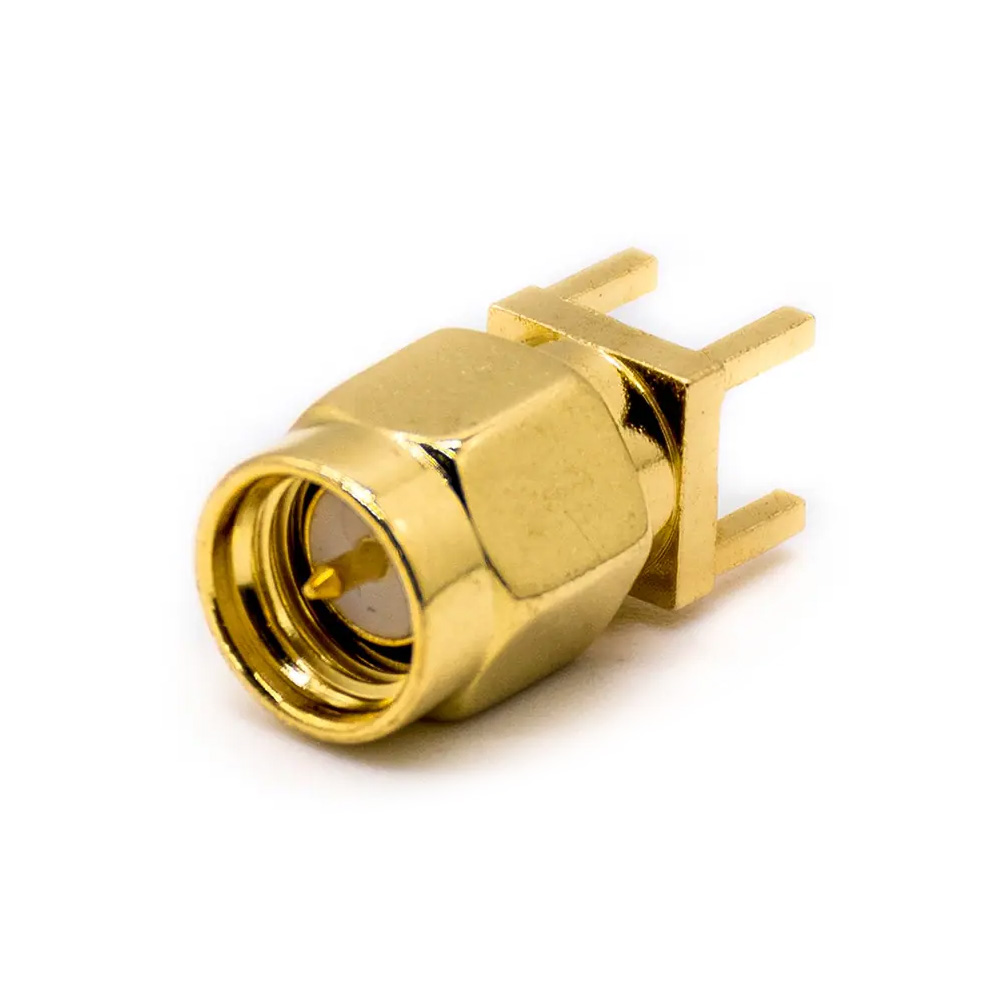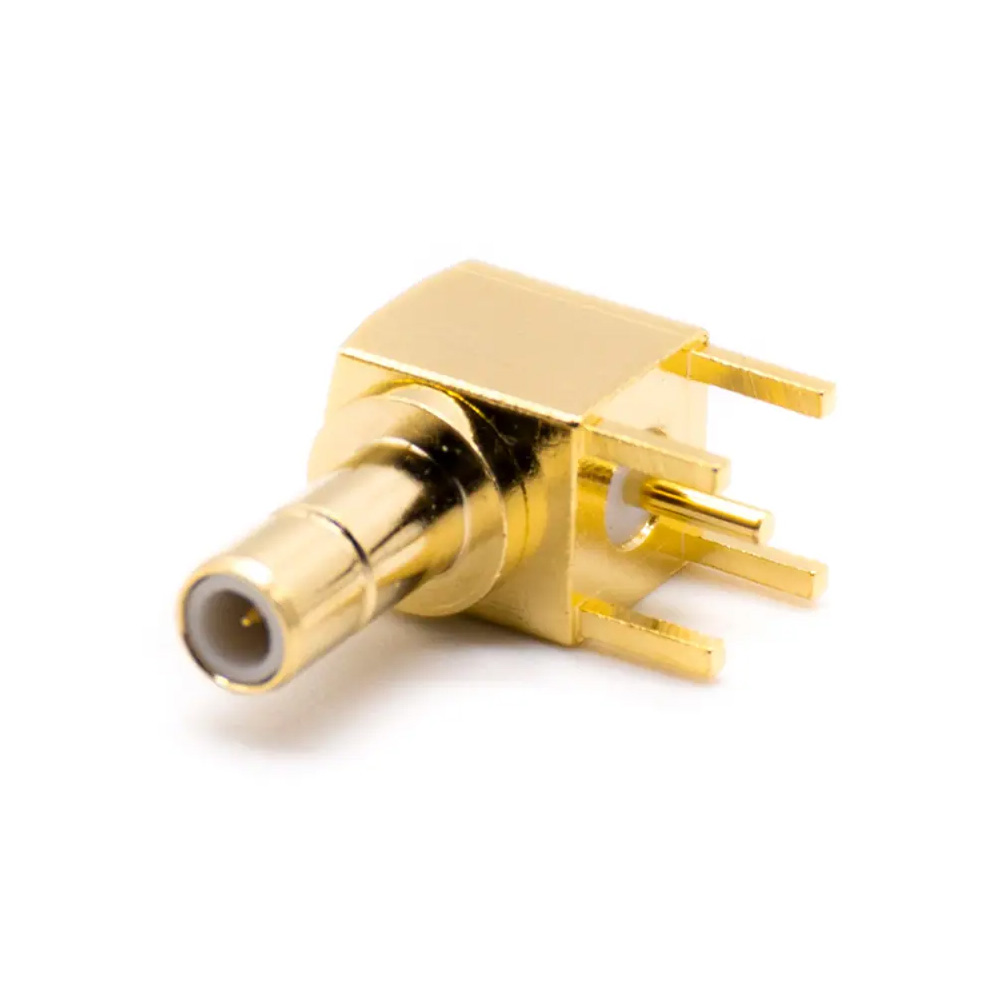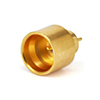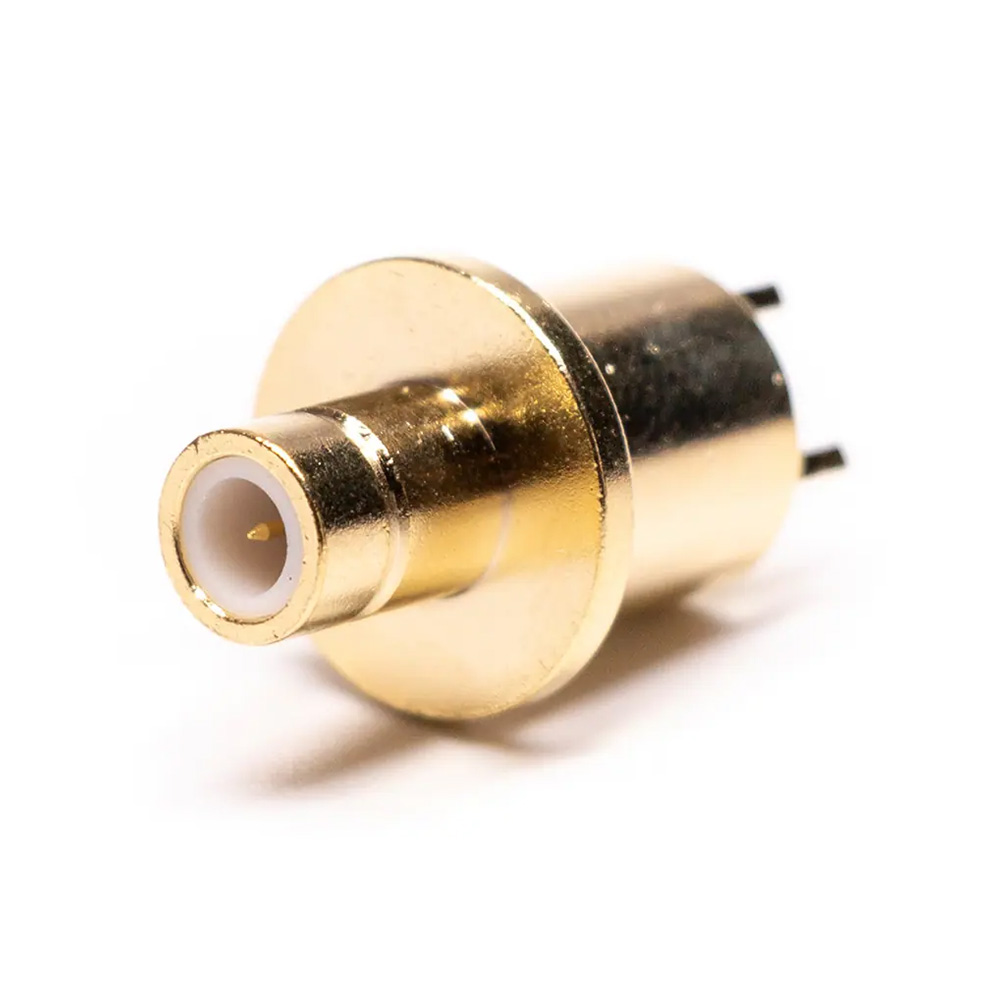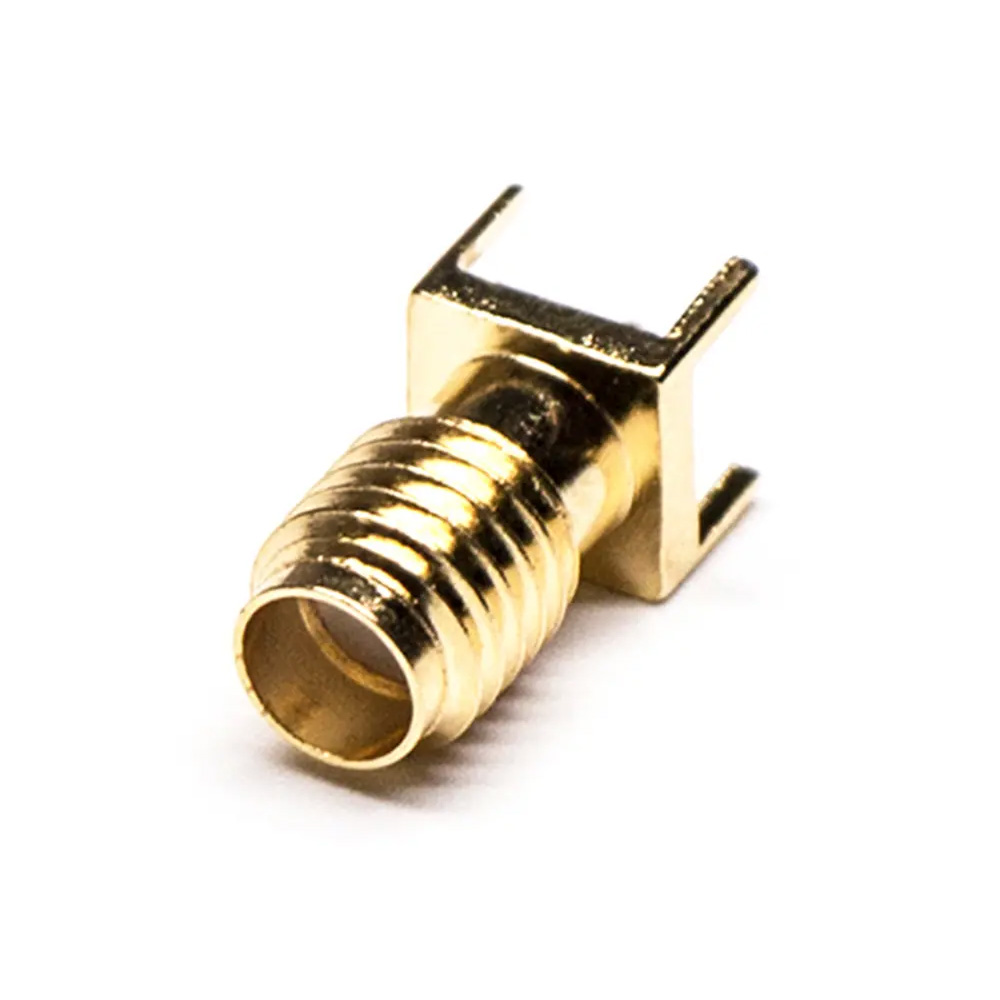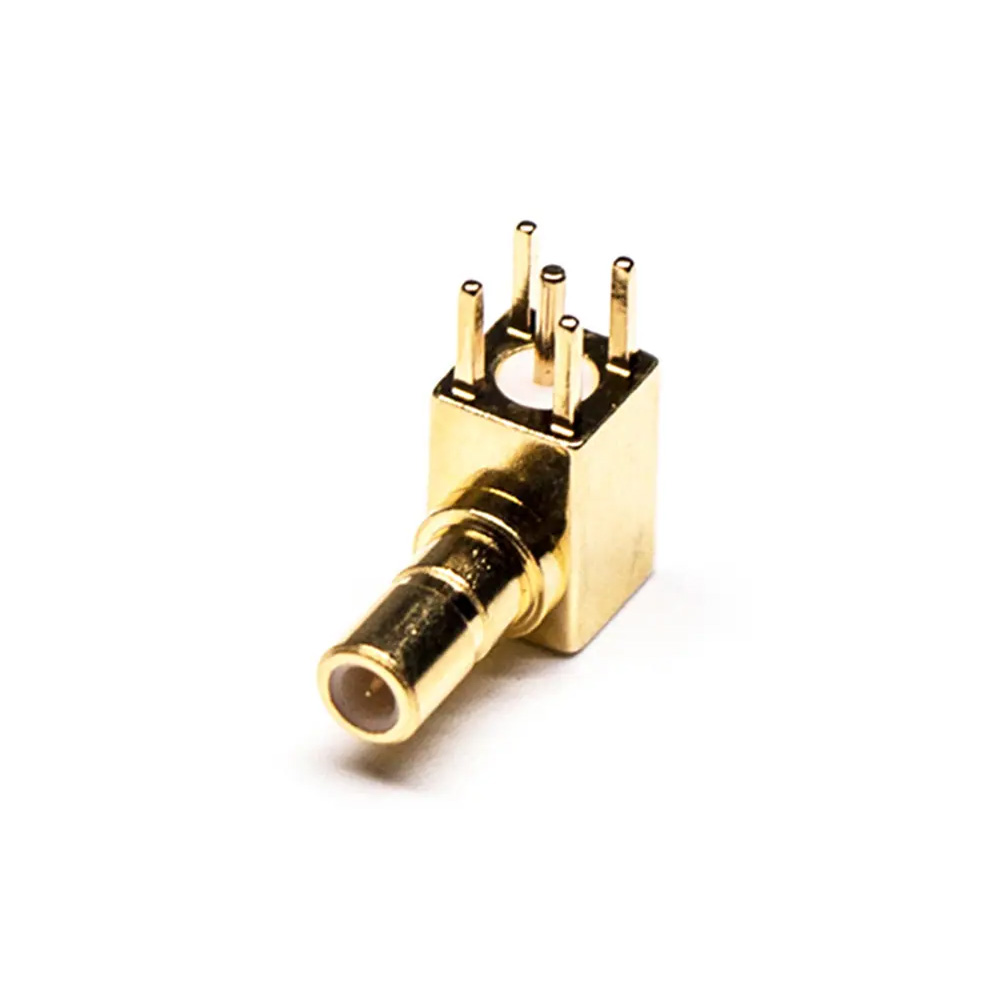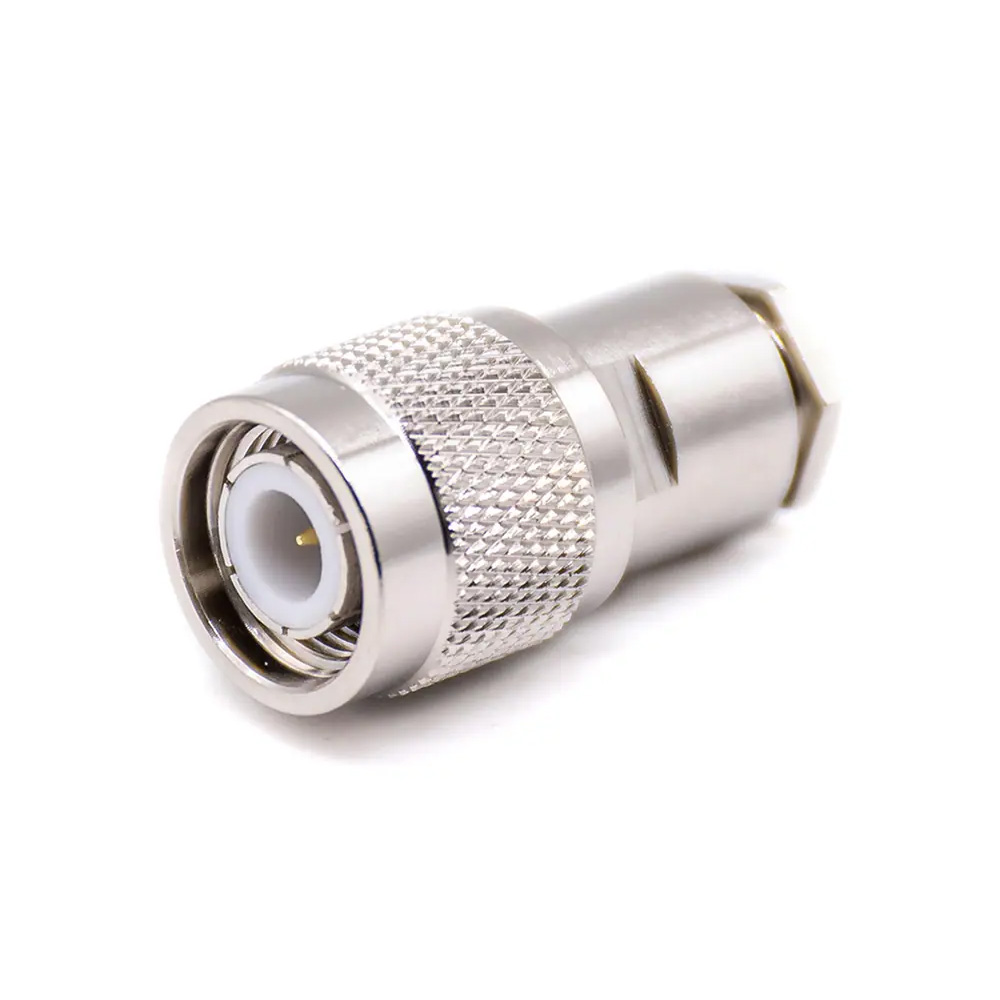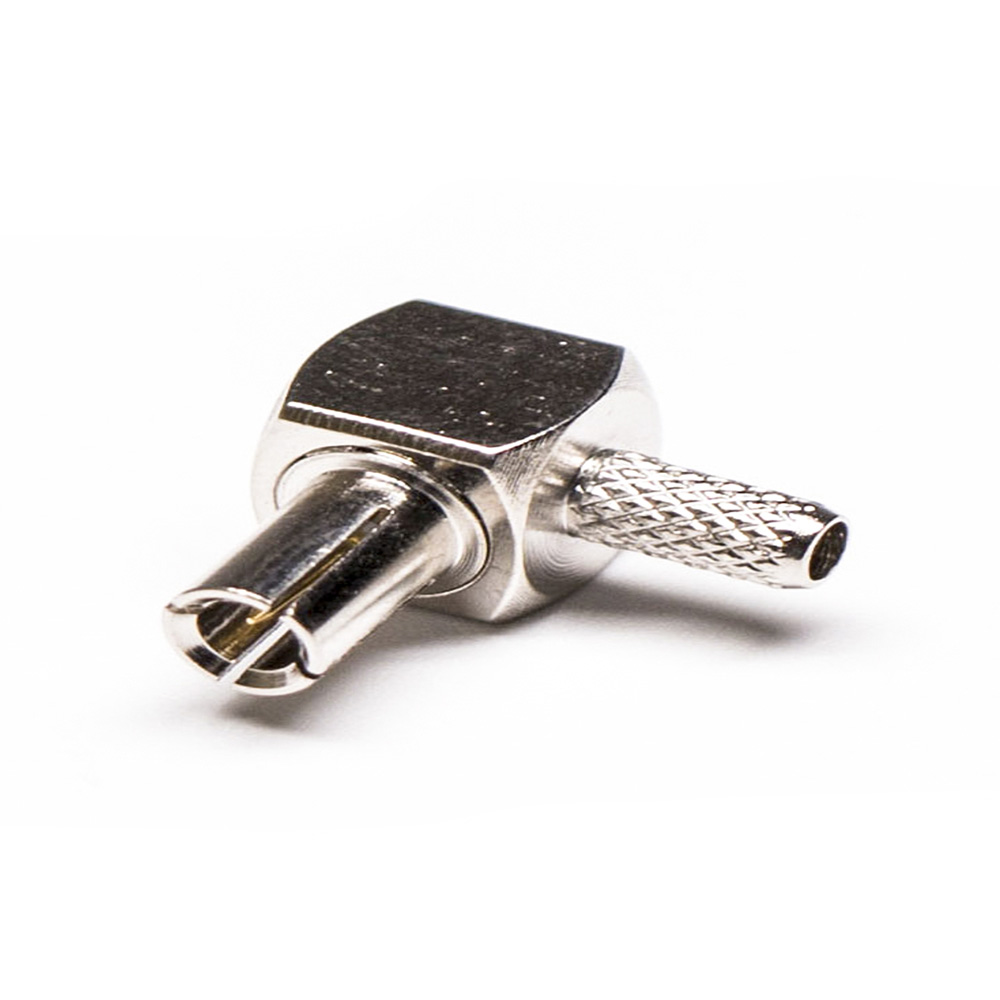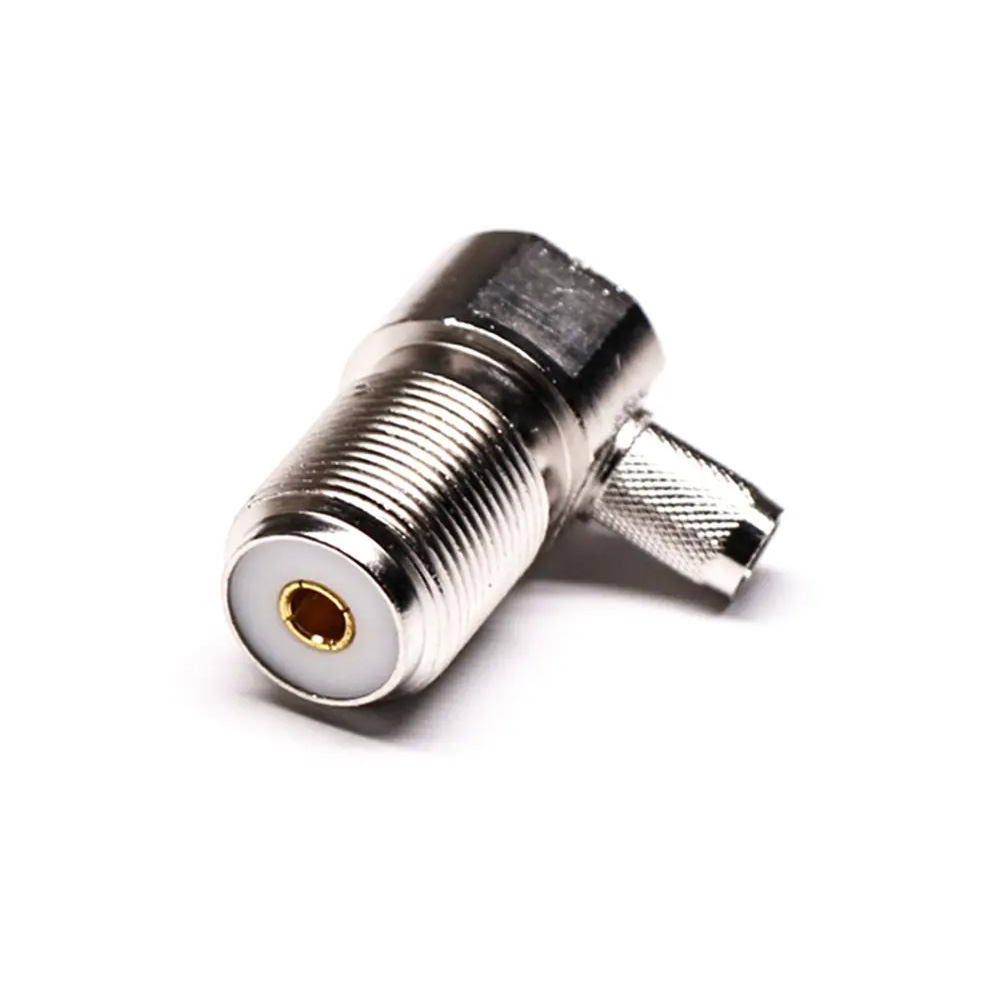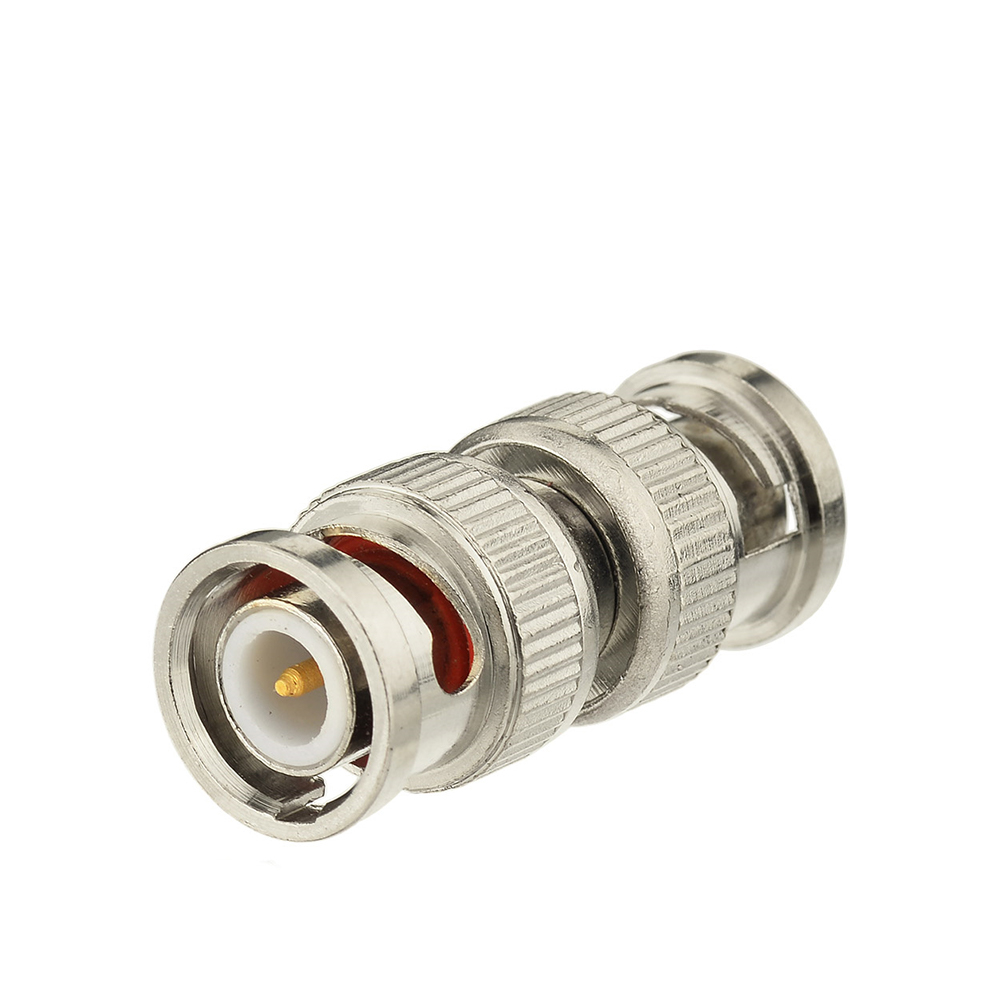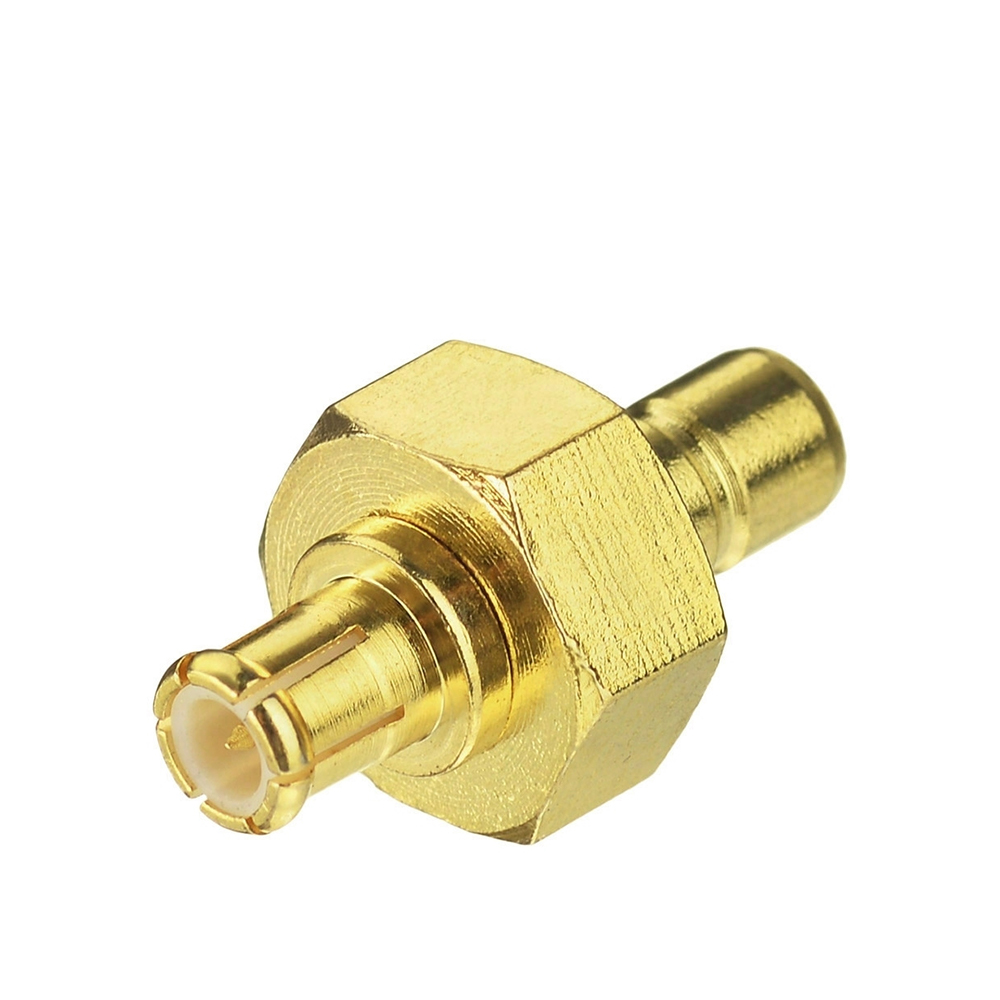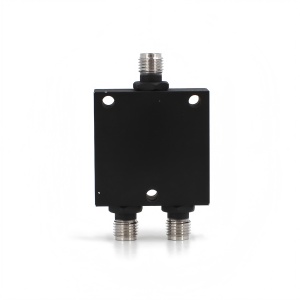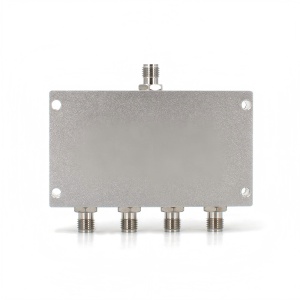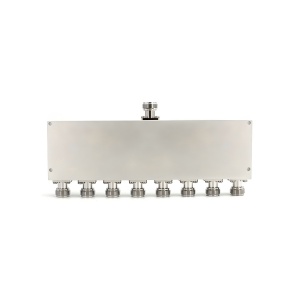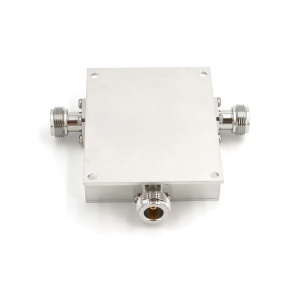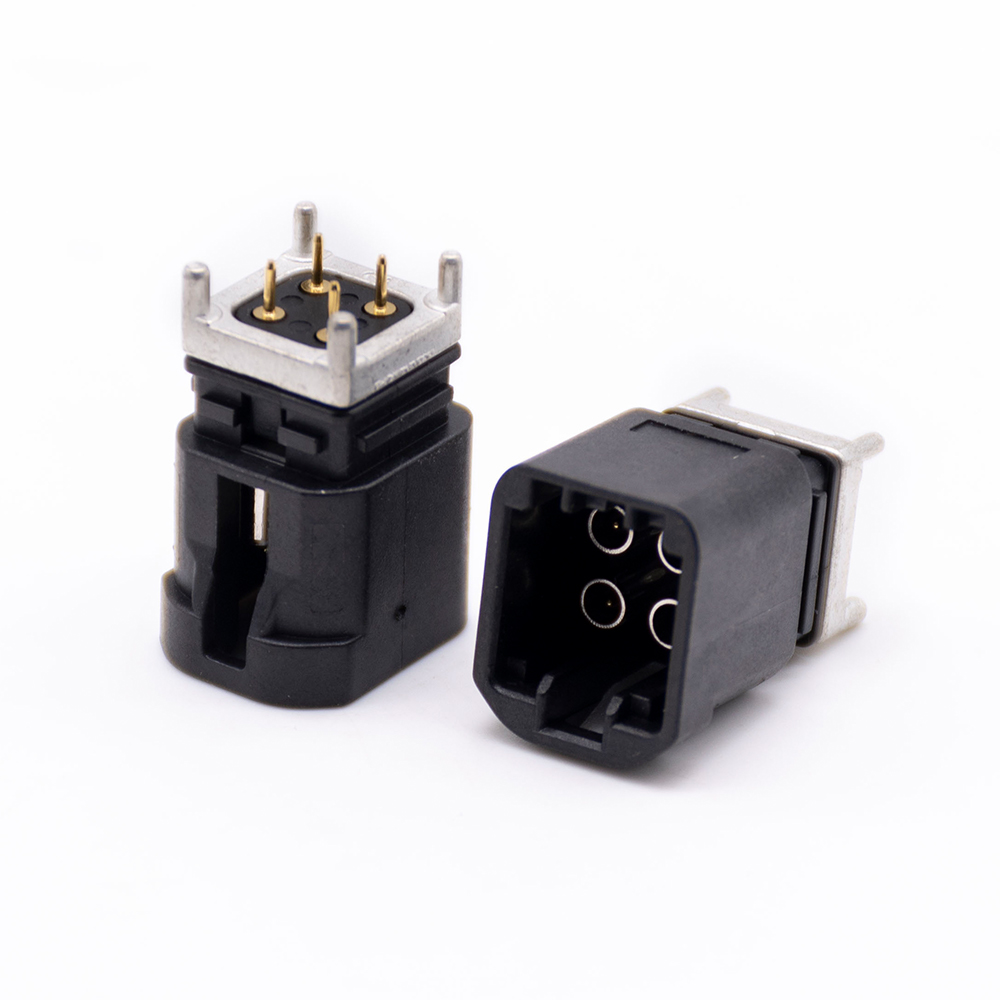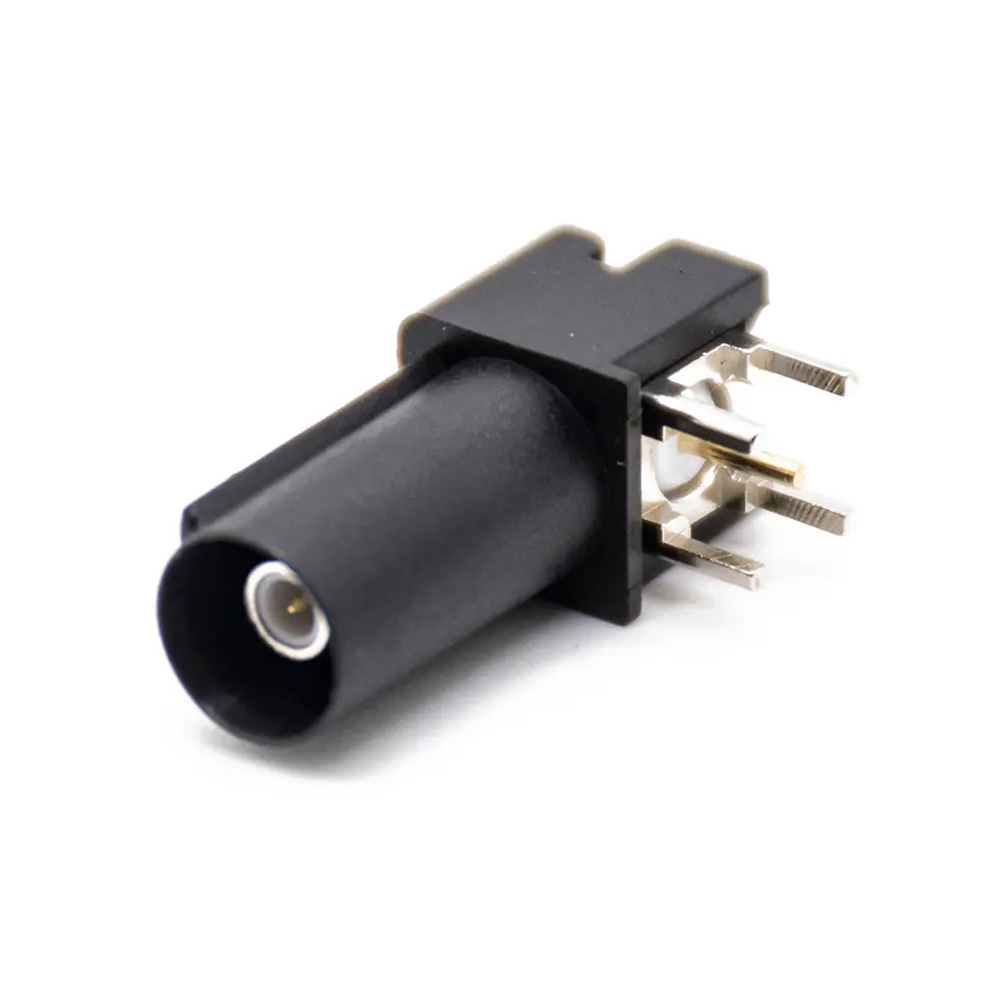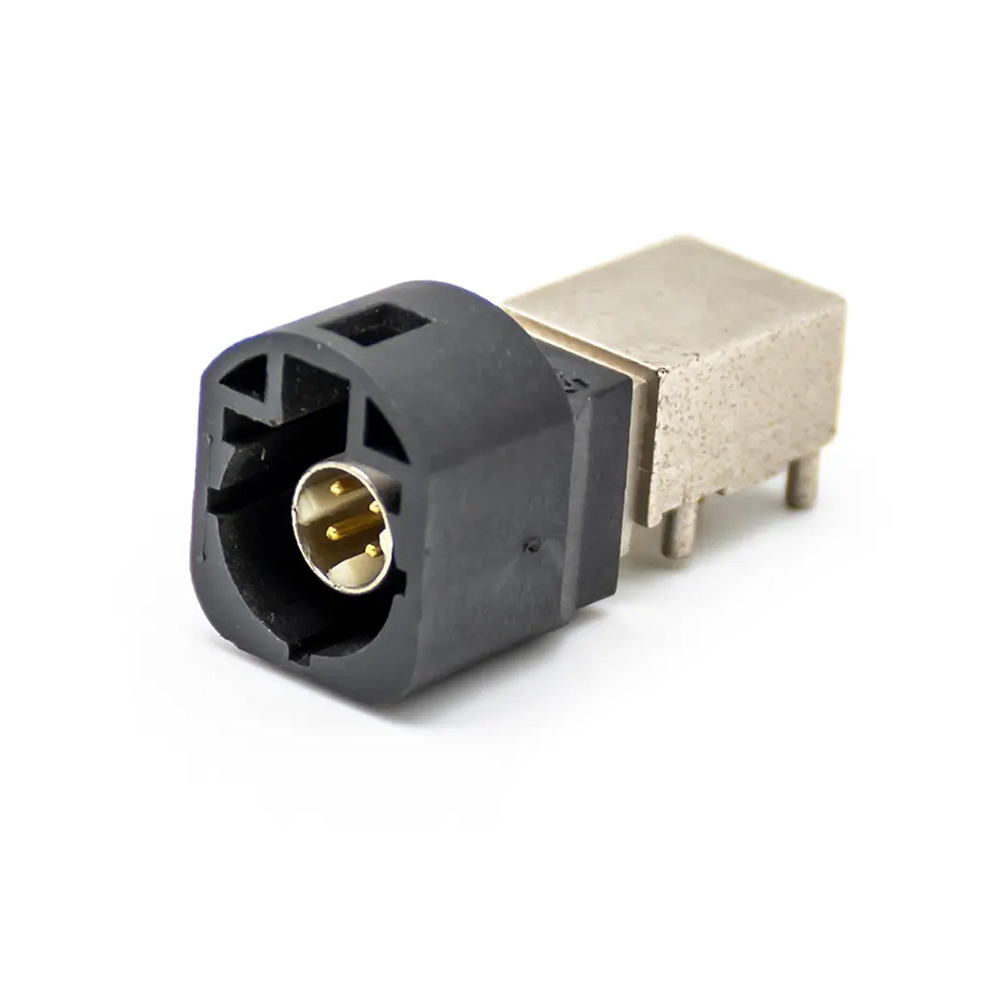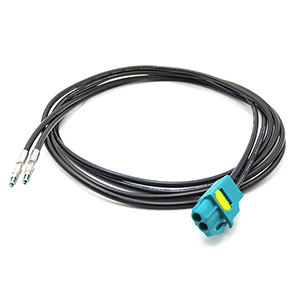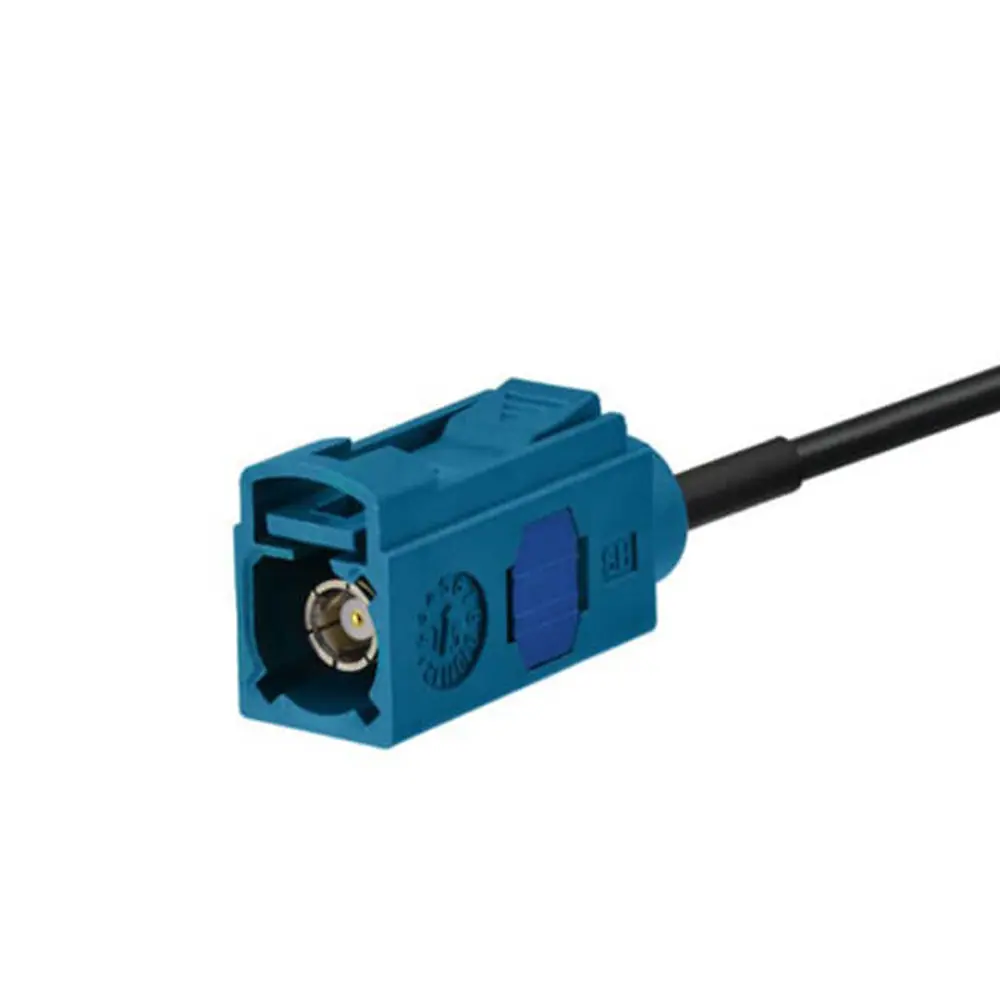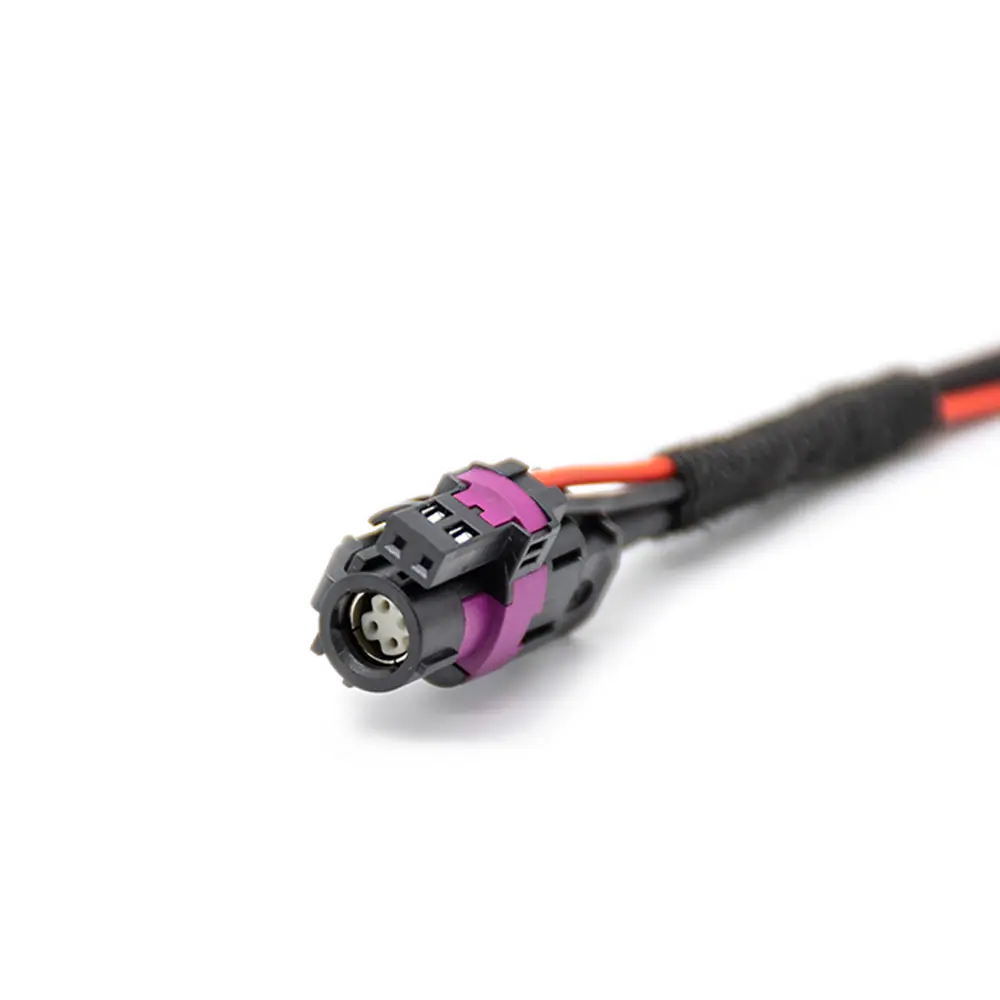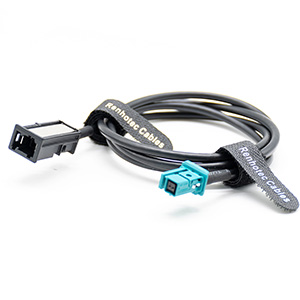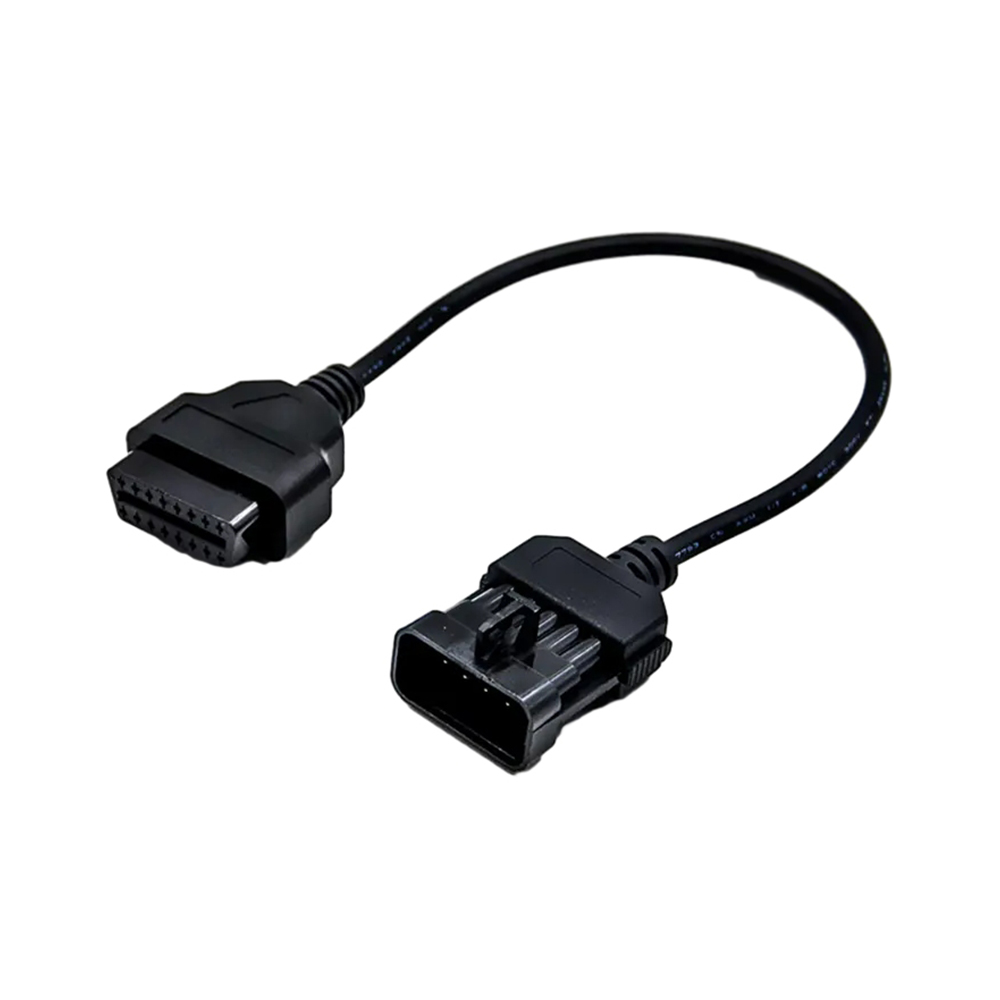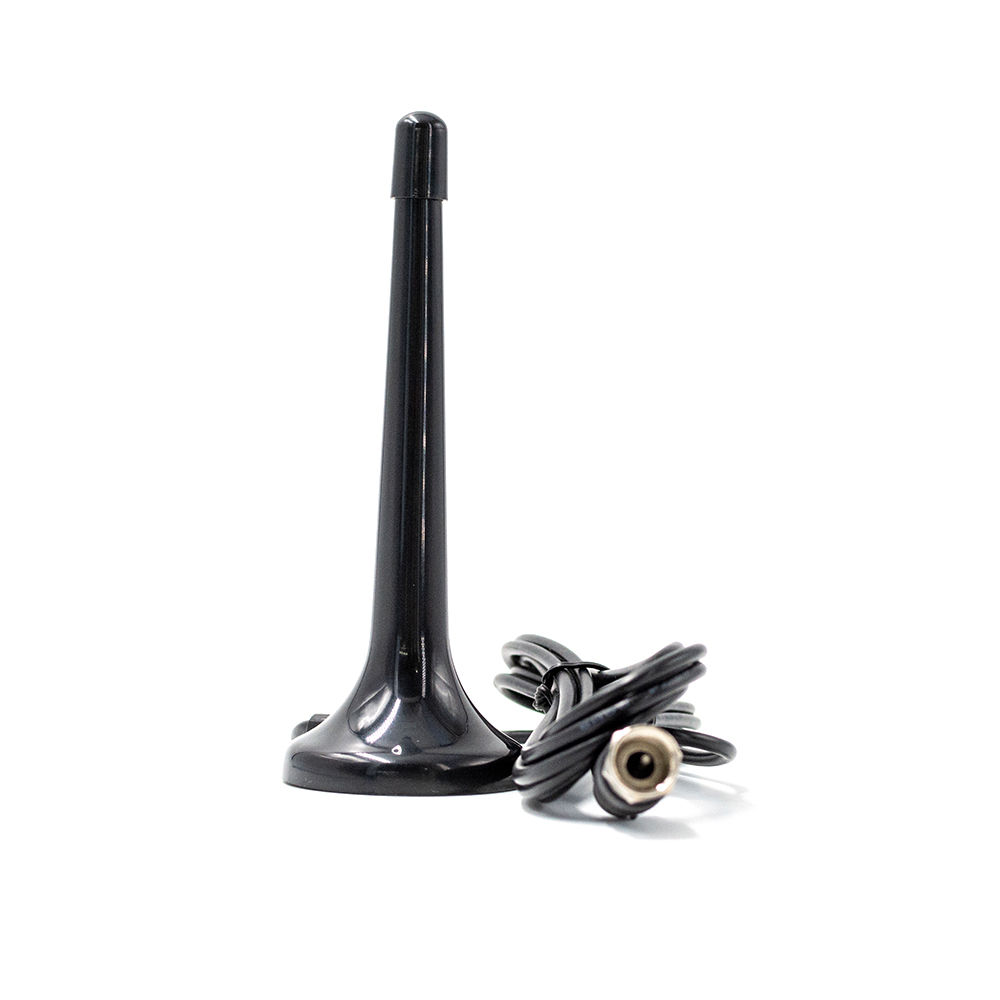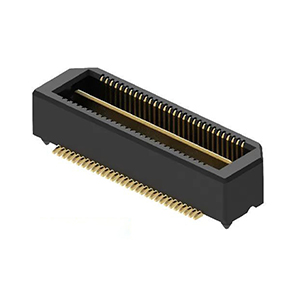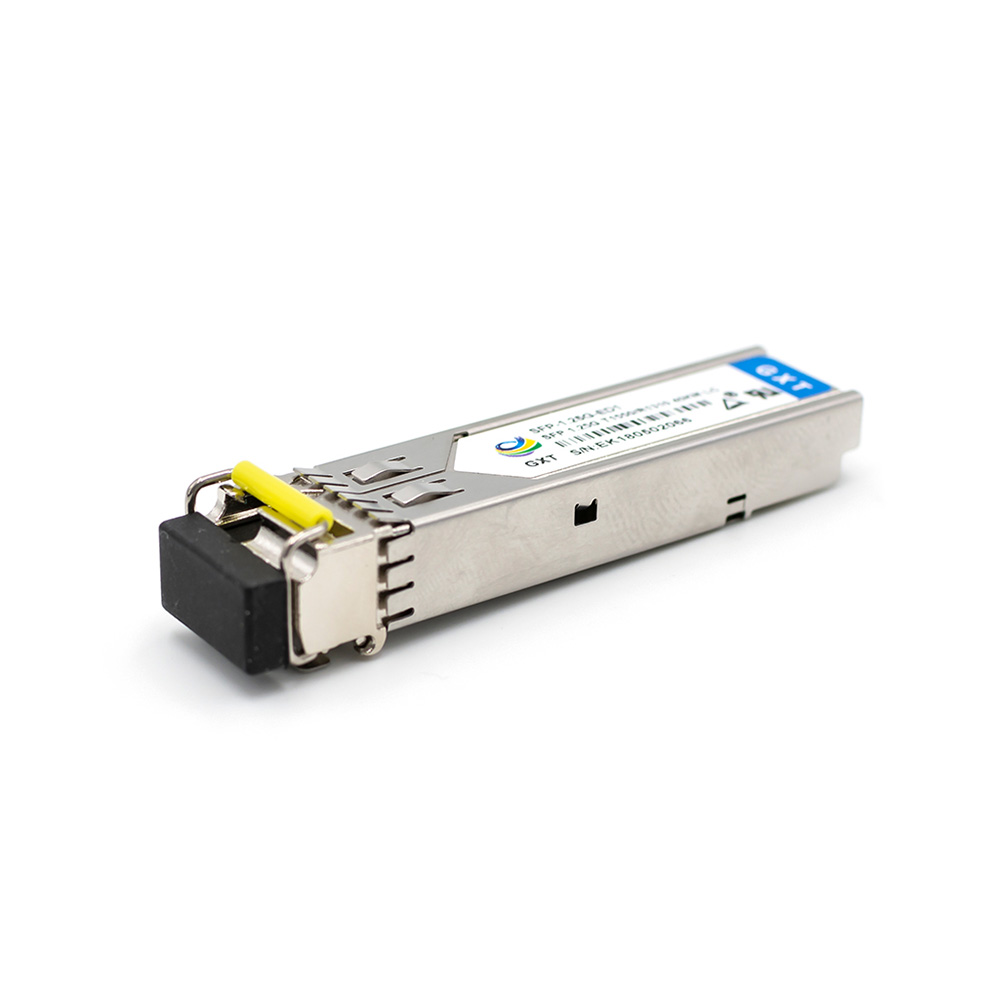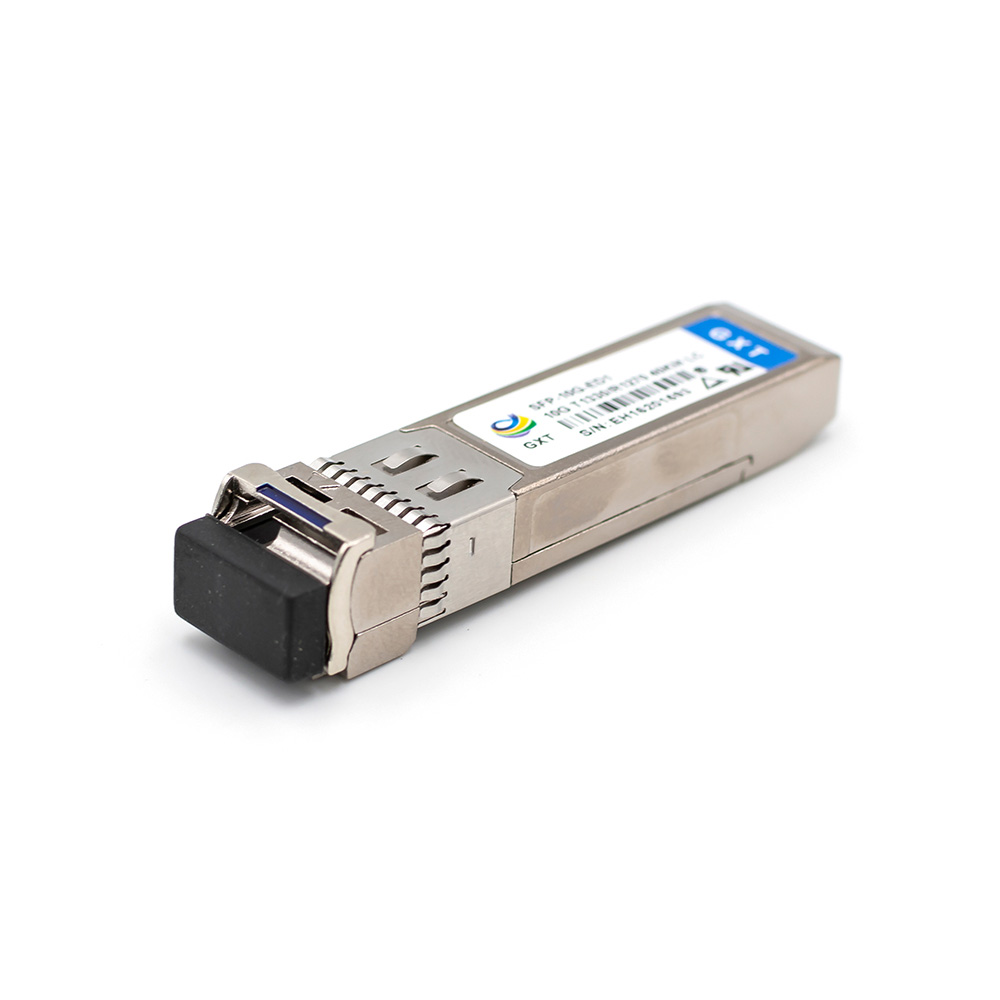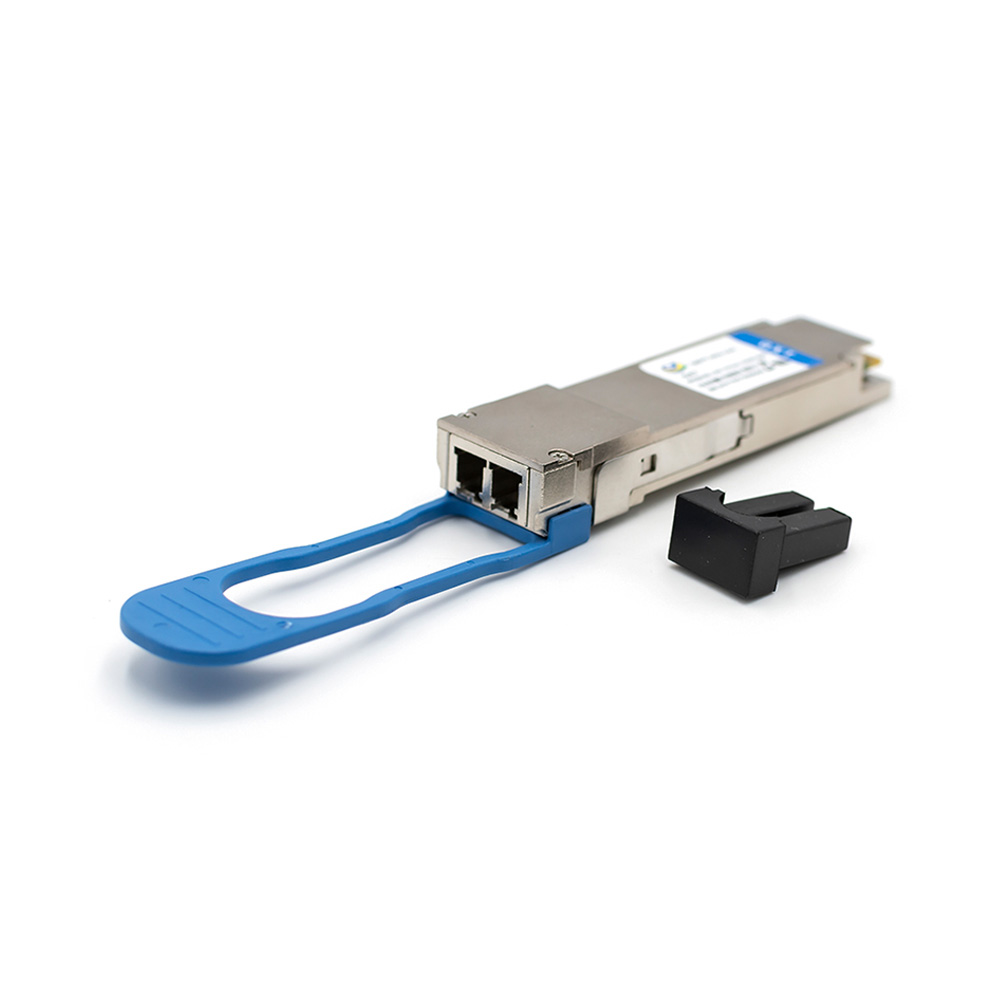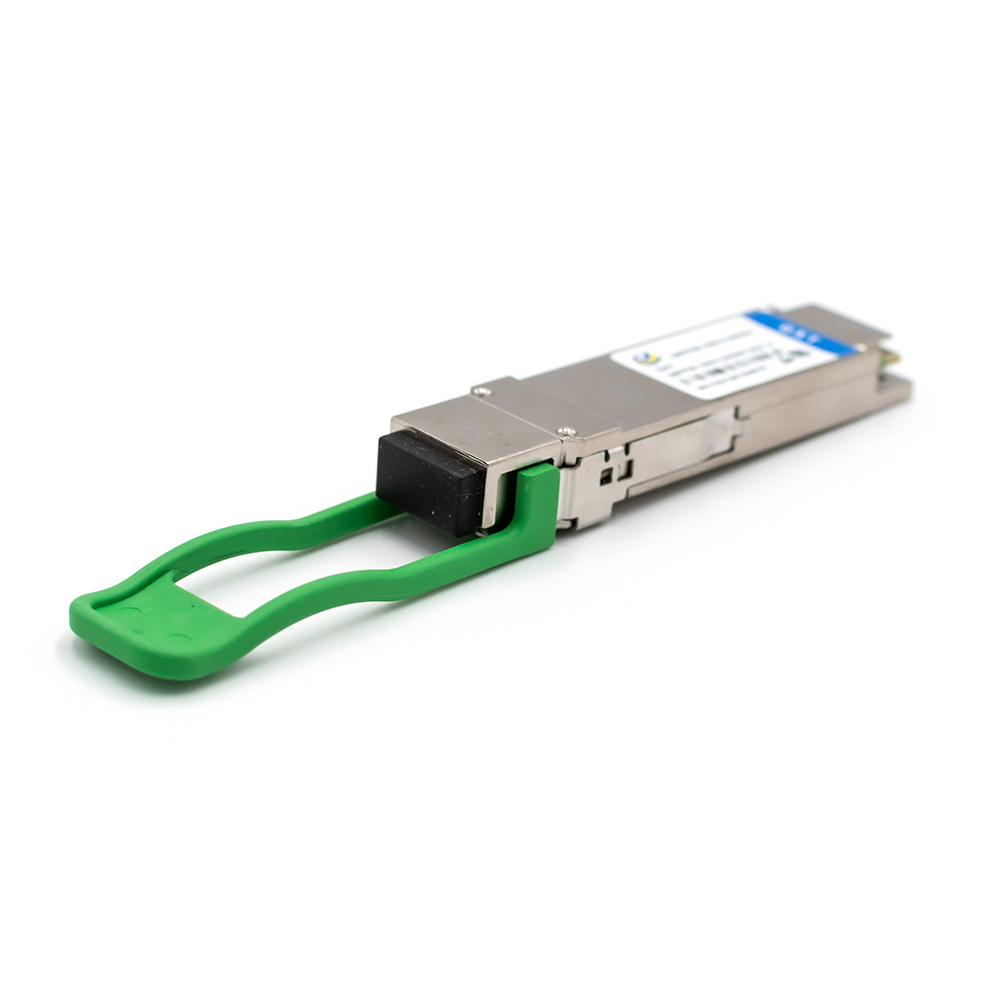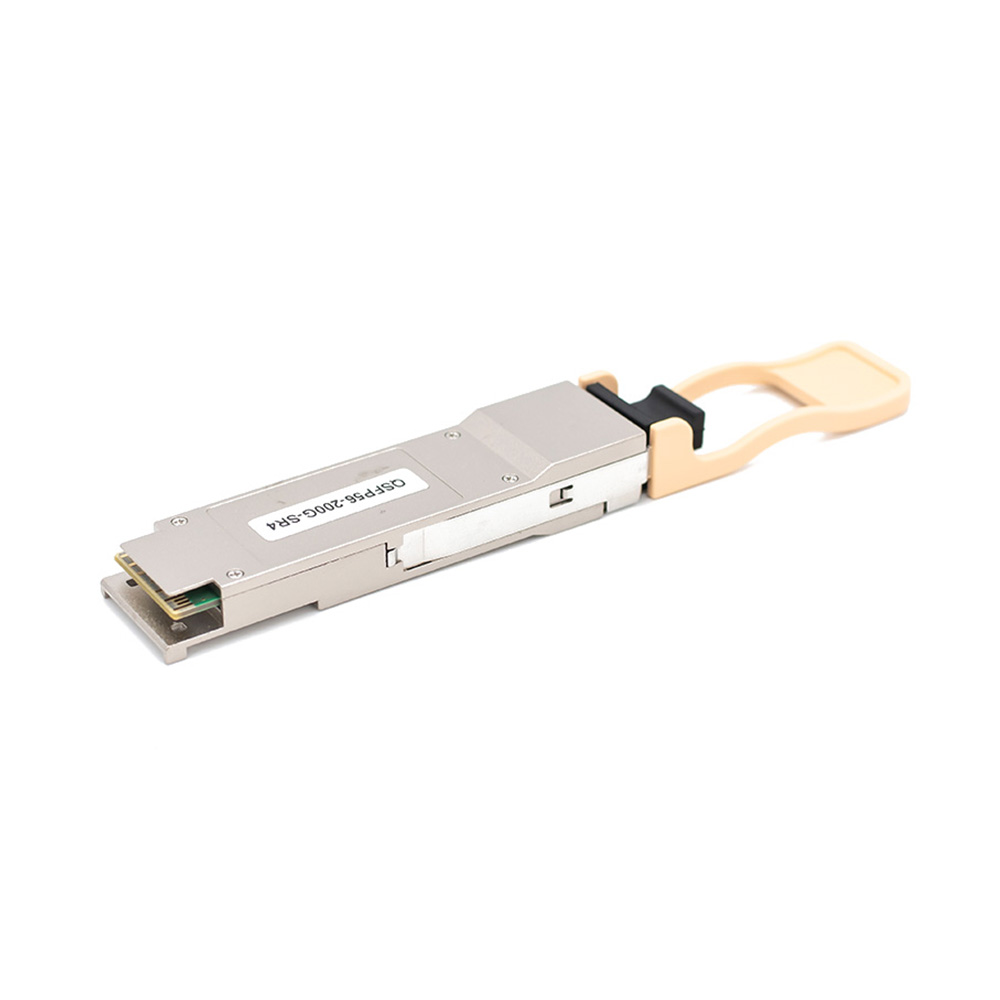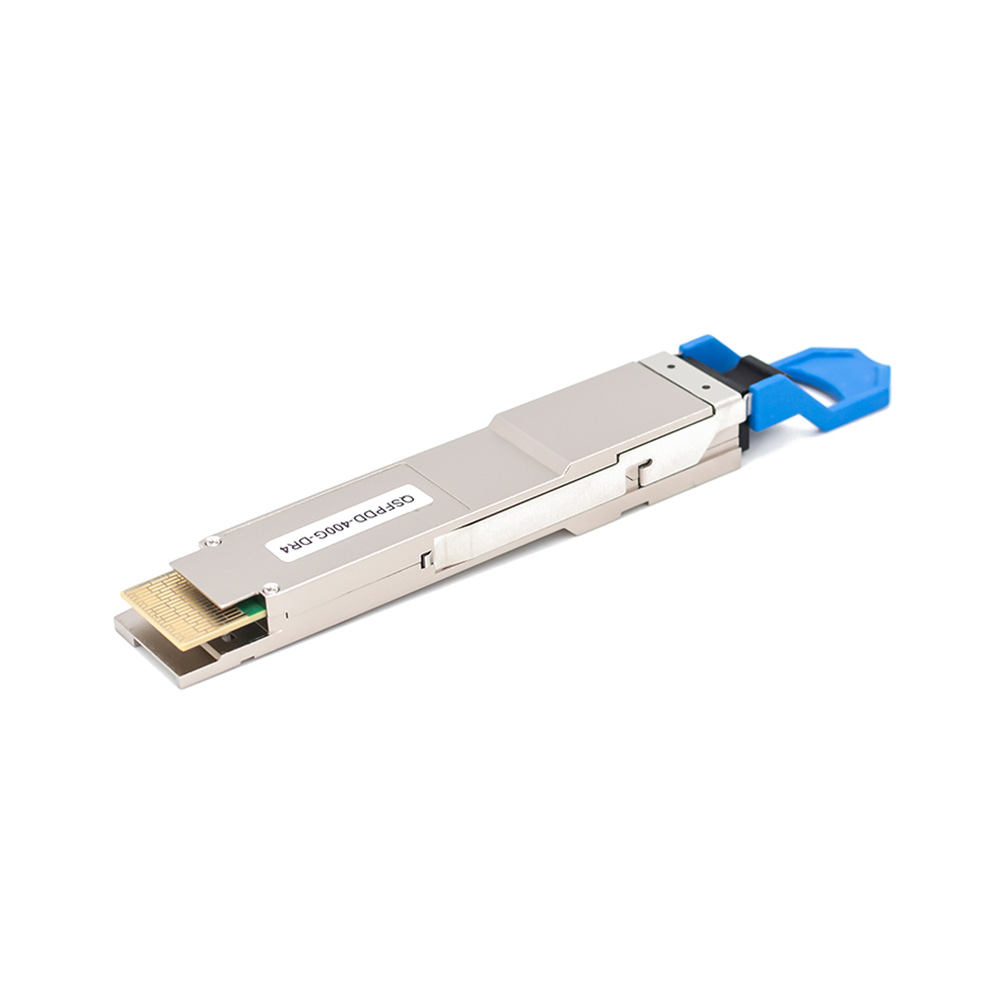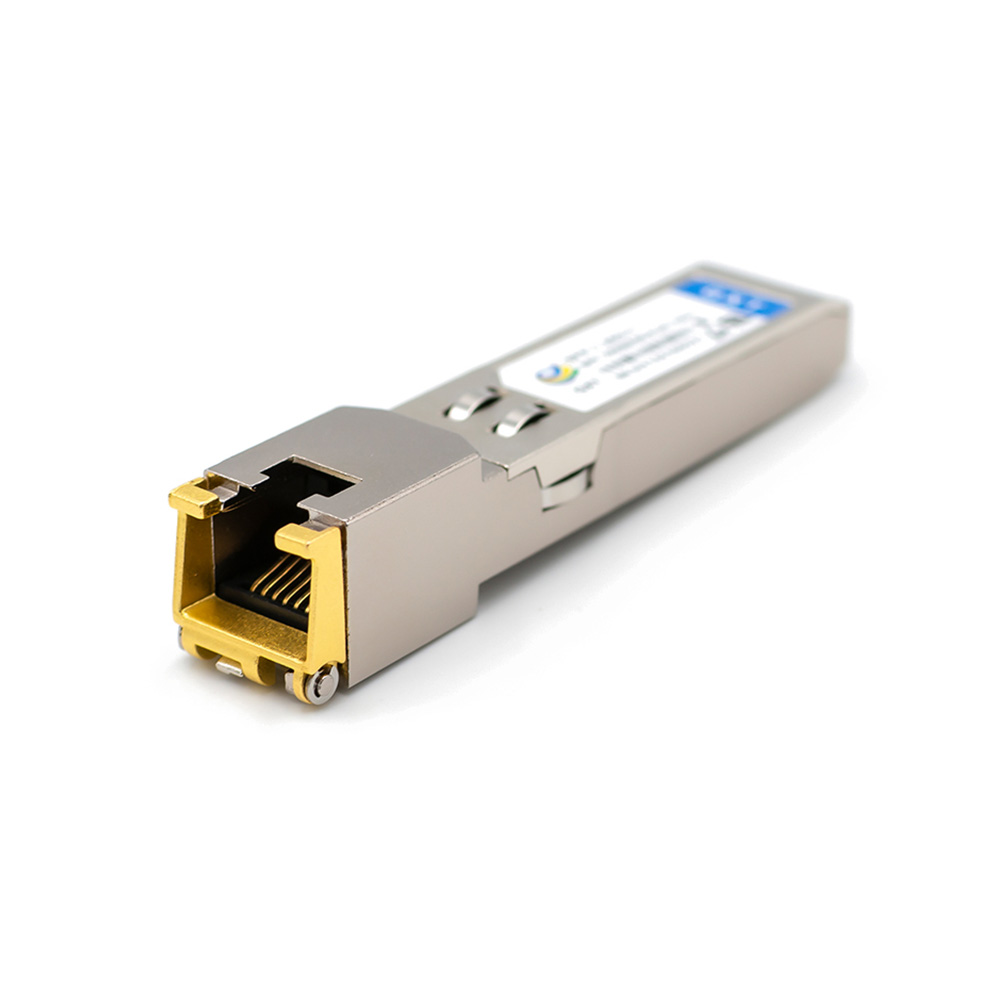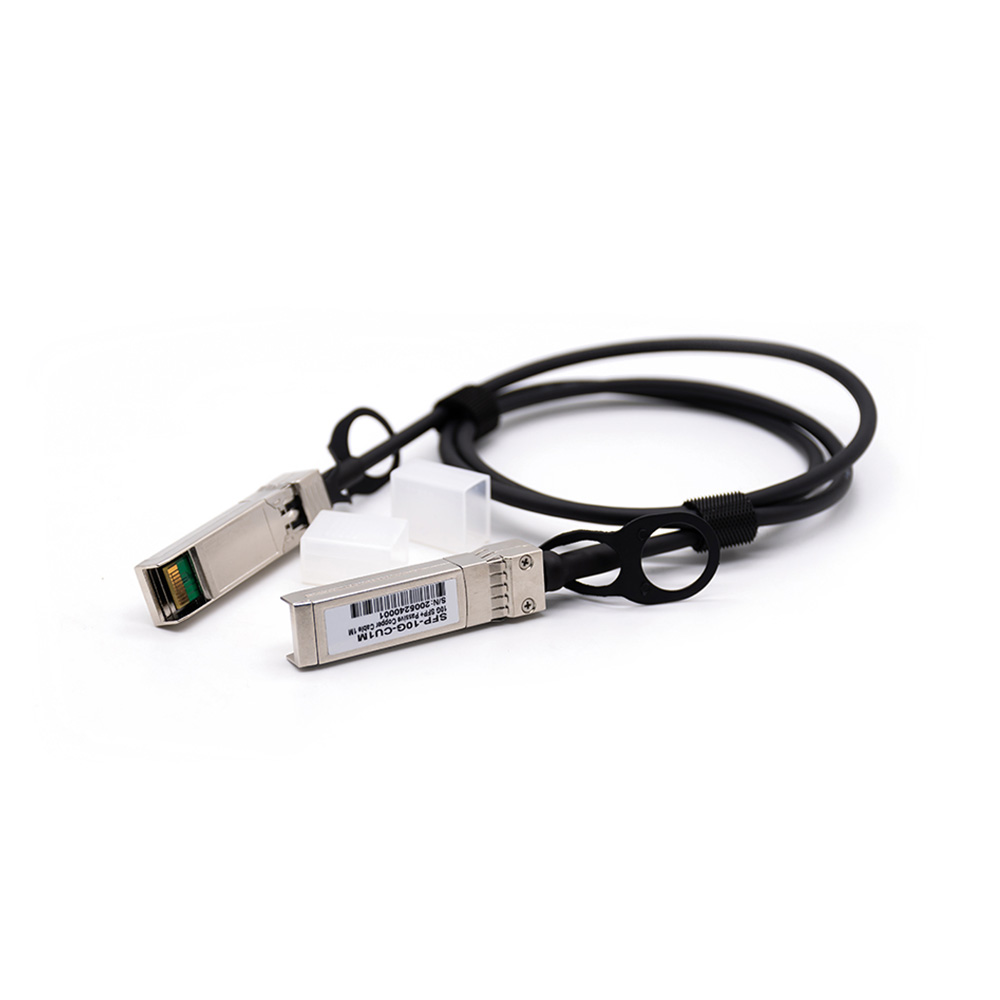In the world of industrial automation, industrial cameras have become indispensable tools, serving various purposes in applications such as machine vision, quality control, security monitoring, and medical imaging. Among the many components that make these cameras work seamlessly, the industrial camera link cable plays a crucial role. But, what do you do about selecting the Camera link cable that best suits your requirements? In this article, we will explore the key considerations to make an informed choice.
Understanding Industrial Camera link Cables
Industrial link camera cables are specialized interfaces designed for high-speed transmission of image data. They offer an impressive bandwidth of up to 850MB/s, making them ideal for high-speed, high-definition image acquisition and transmission. These cables also boast attributes such as long transmission distances, high stability, and strong resistance to interference.
Assess Your Specific Needs
The first step in selecting the right industrial link camera cable is to assess your specific requirements. Here are some factors to consider:
Image Resolution: Determine the resolution you need for your application. Some industries demand high-resolution images for precise analysis, while others may require lower resolutions for monitoring purposes.
Acquisition Speed: Consider the speed at which you need to capture images. Fast-moving processes may necessitate cables that can handle rapid data transfer.
Transmission Distance: Assess the distance between your camera and image acquisition device. Ensure the cable you choose can reliably transmit data over that distance.
Stability: Reliability is the key to industrial applications. Choose a cable that offers stability to prevent data loss or interruptions during operation.
Understanding Camera Link Cable Types
Brand and Quality Matter
When it comes to industrial camera cables, quality and reliability are paramount. Opt for a reputable brand with a track record of producing high-quality cables. Renhotec, for example, is a leading manufacturer with over 15 years of experience in producing industrial camera cables. Choosing a reliable supplier ensures stability and peace of mind for your industrial automation needs.
Additional Considerations
Here are a few more factors to weigh when choosing your industrial camera link cable:
Cable Length: Ensure the cable length suits your setup. Longer cables may require signal boosters to maintain data integrity.
Environmental Compatibility: Consider the conditions your cable will endure. Look for cables designed to withstand harsh environments if necessary.
Connector Compatibility: Ensure connectors on the cable match those on your camera and image acquisition device.
Budget and Cost: Balance quality and cost to fit your budget.
Future-Proofing: Plan for potential upgrades by choosing a versatile cable.
Technical Support: Assess the availability of technical support from the cable manufacturer.
Compliance and Standards: Ensure the cable complies with relevant industry standards and regulations.
Warranty and Reliability: Check the warranty offered and consider user reviews.
In conclusion, choosing the right industrial camera link cable requires a thorough understanding of your specific needs, compatibility, and reliability. By carefully considering these factors, you can select the perfect cable for your industrial automation setup, ensuring optimal performance and peace of mind.

